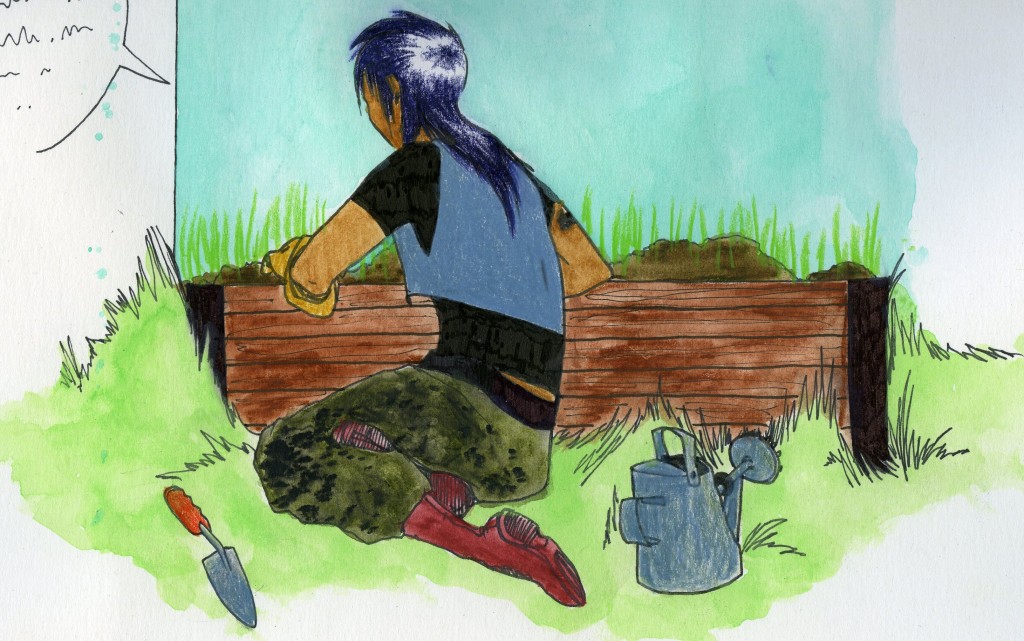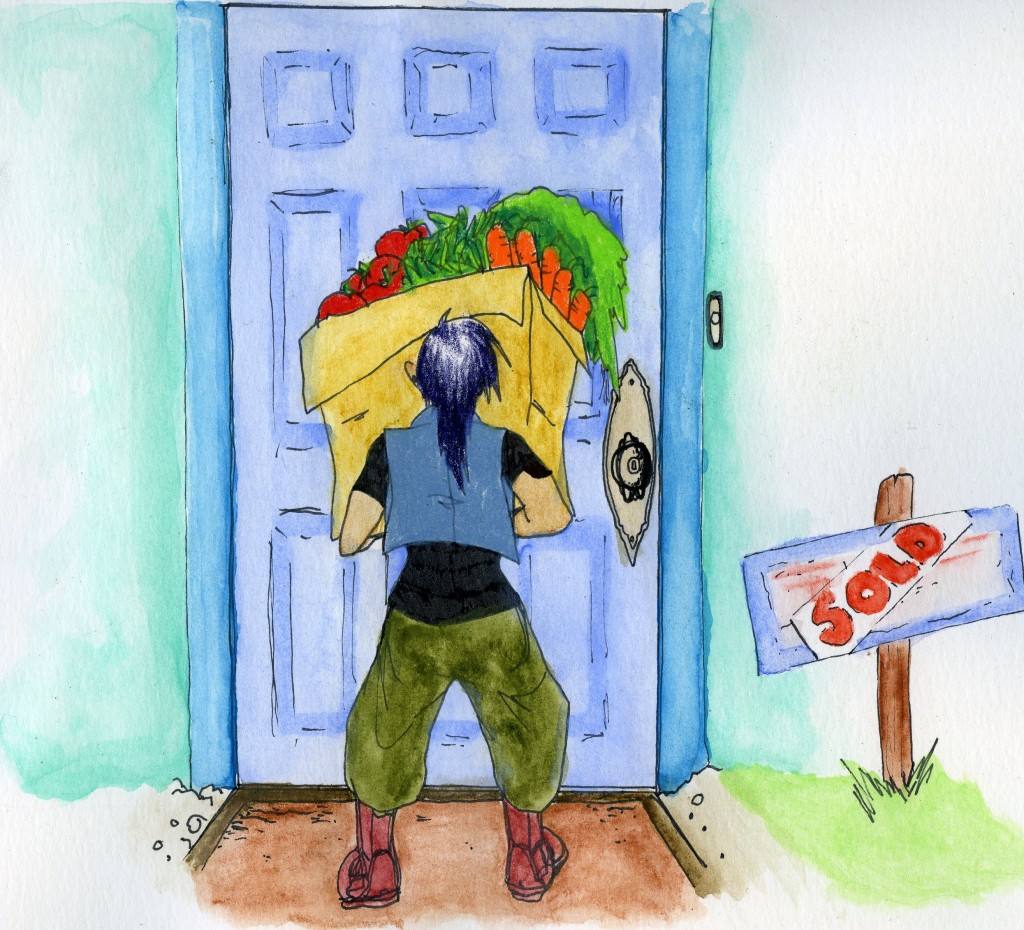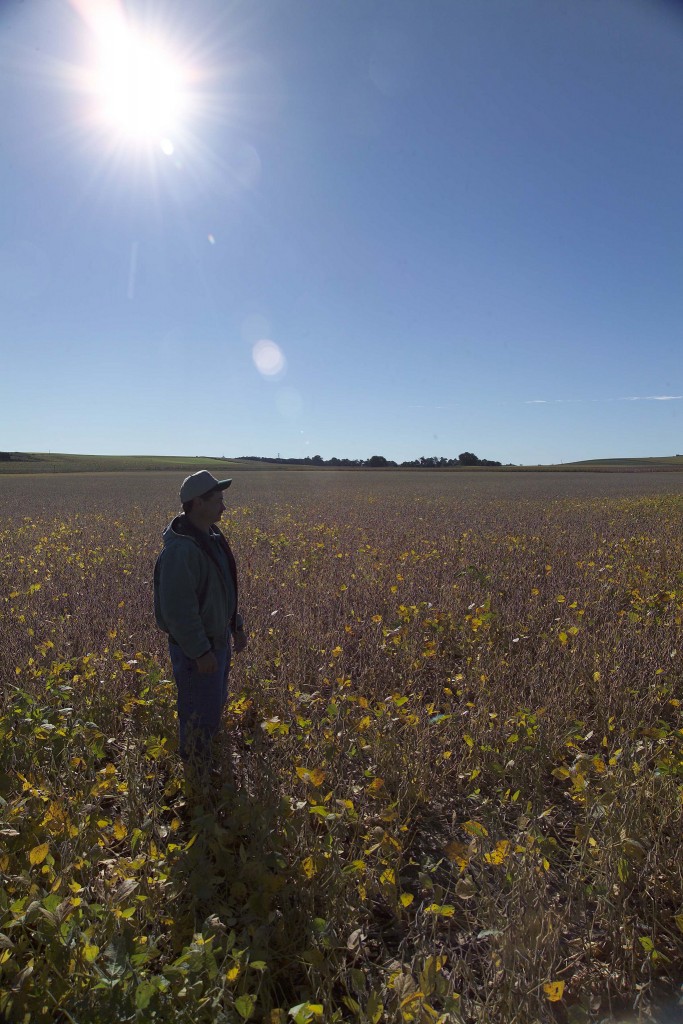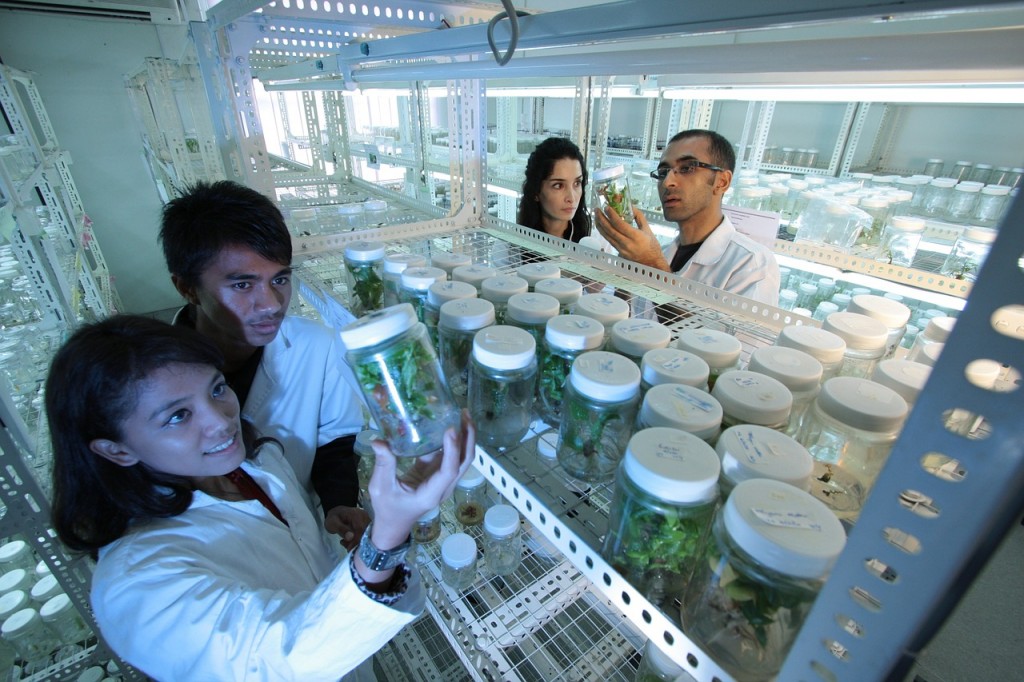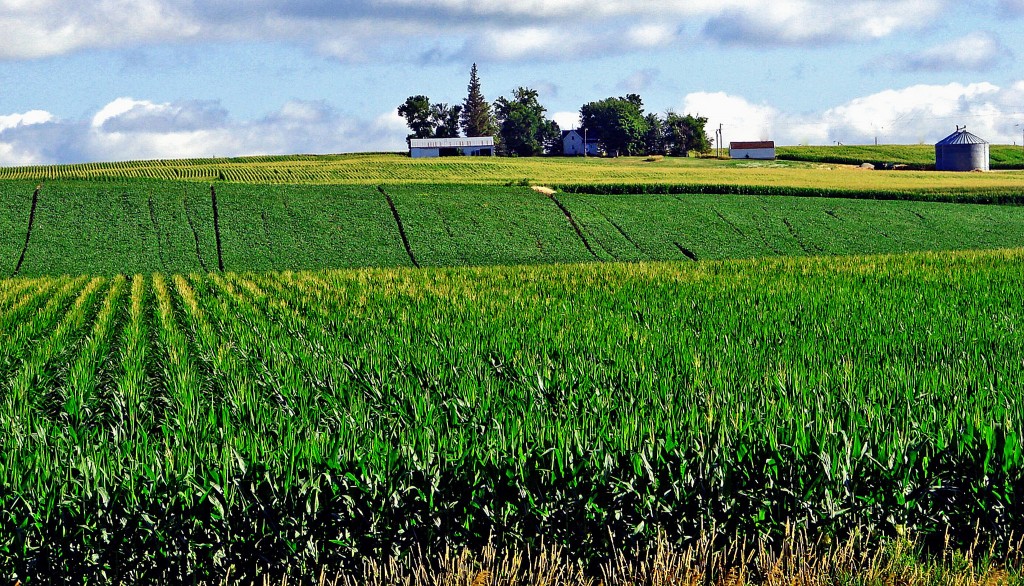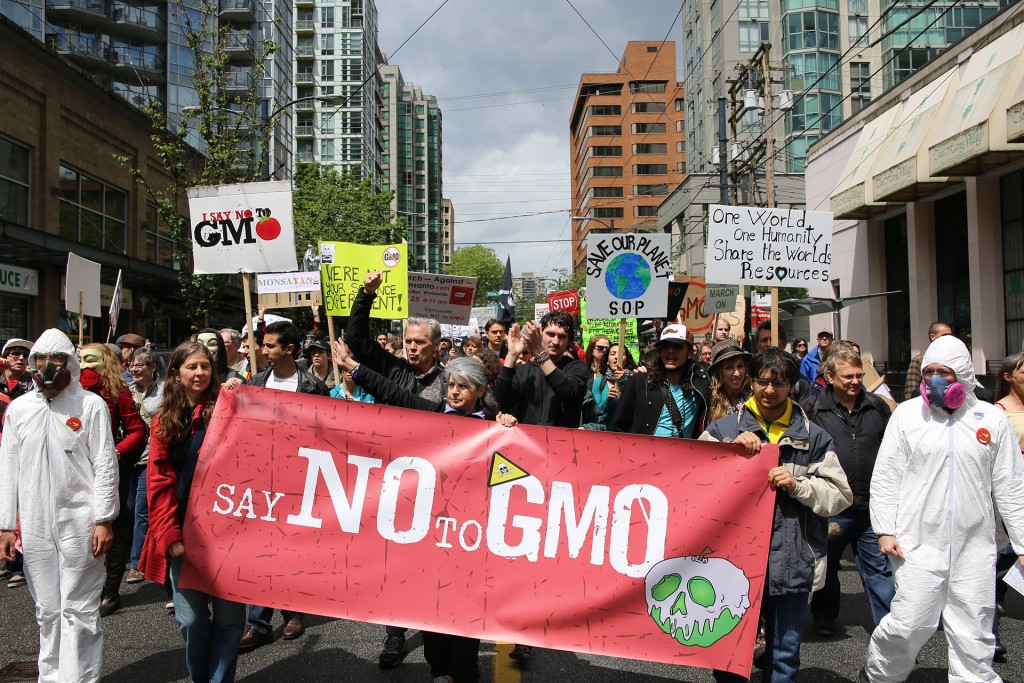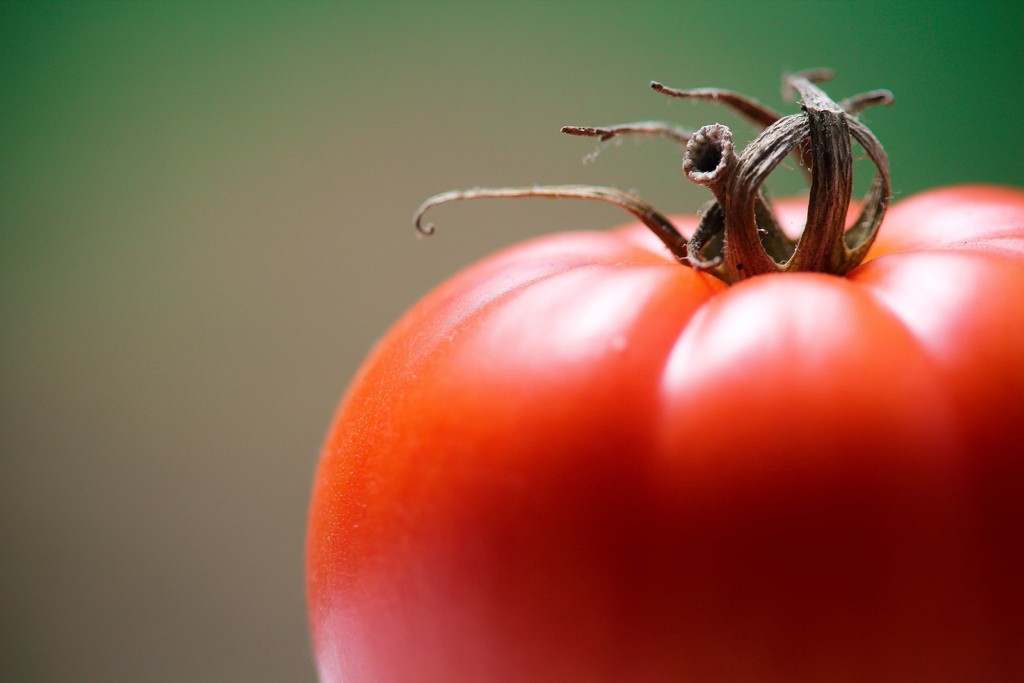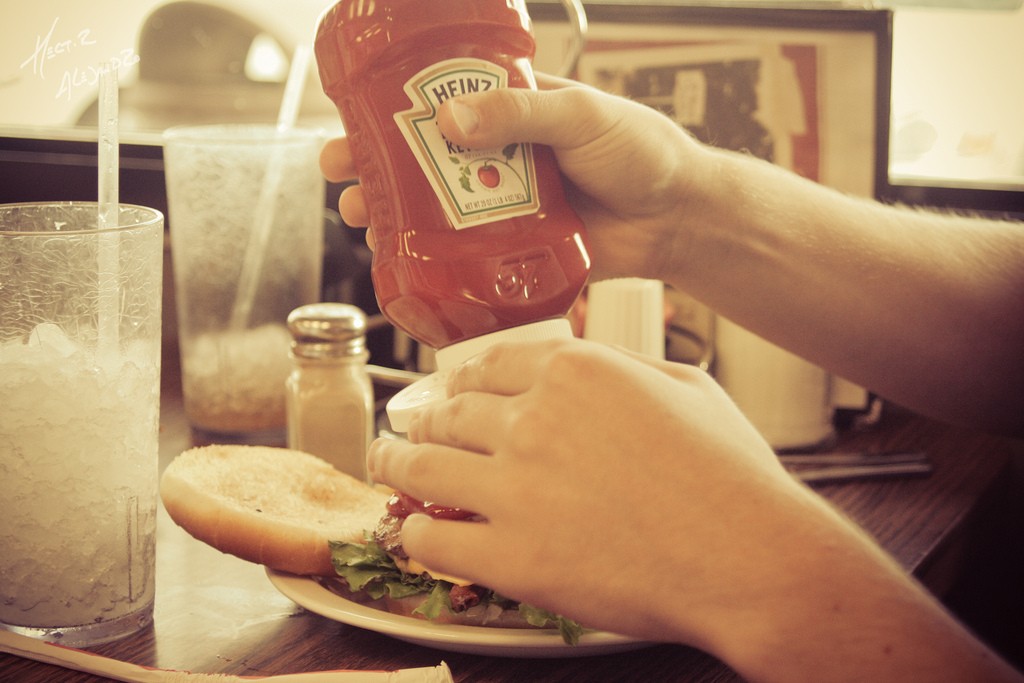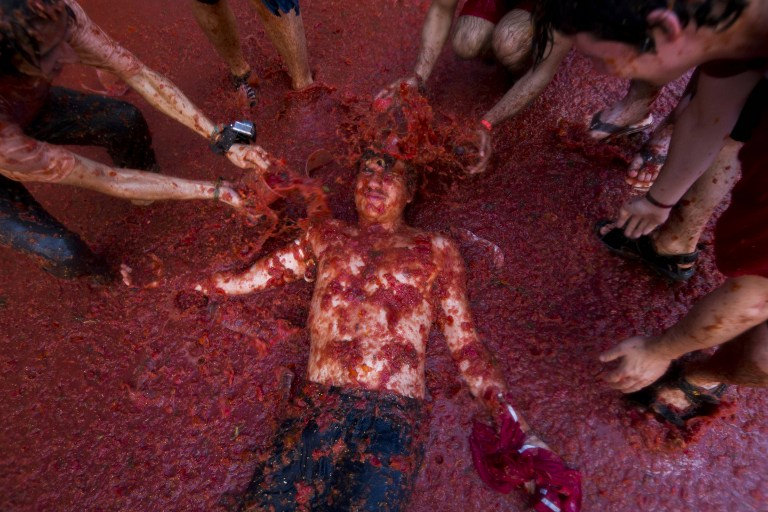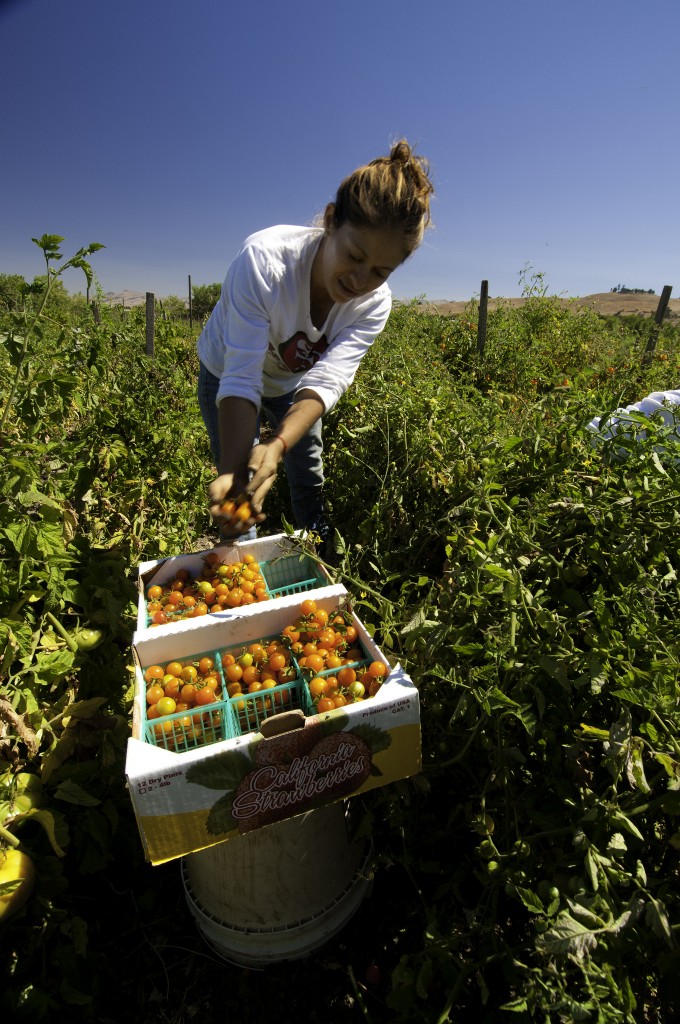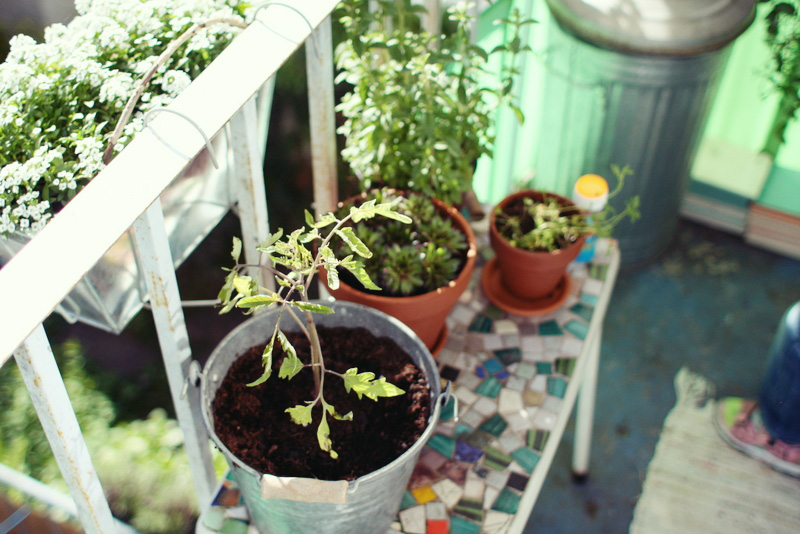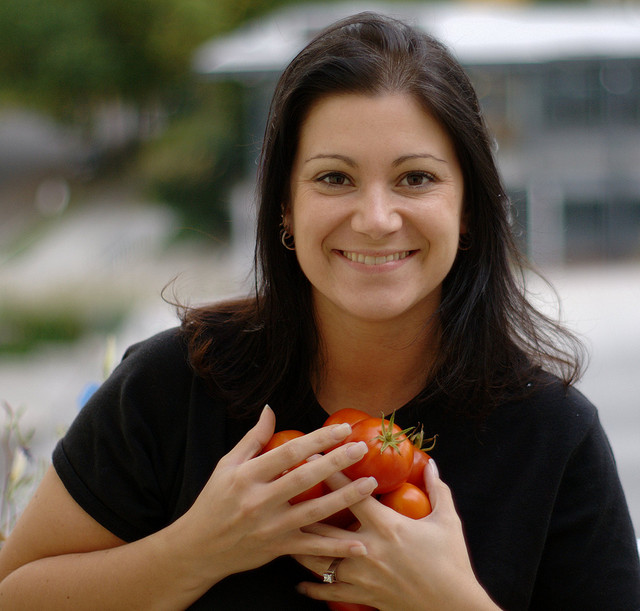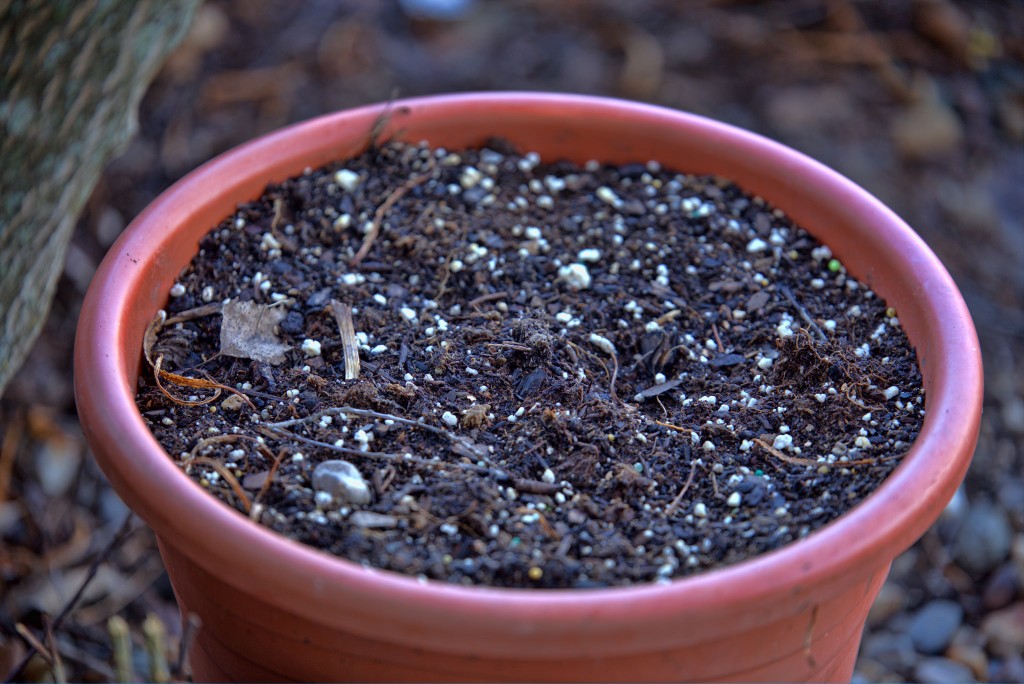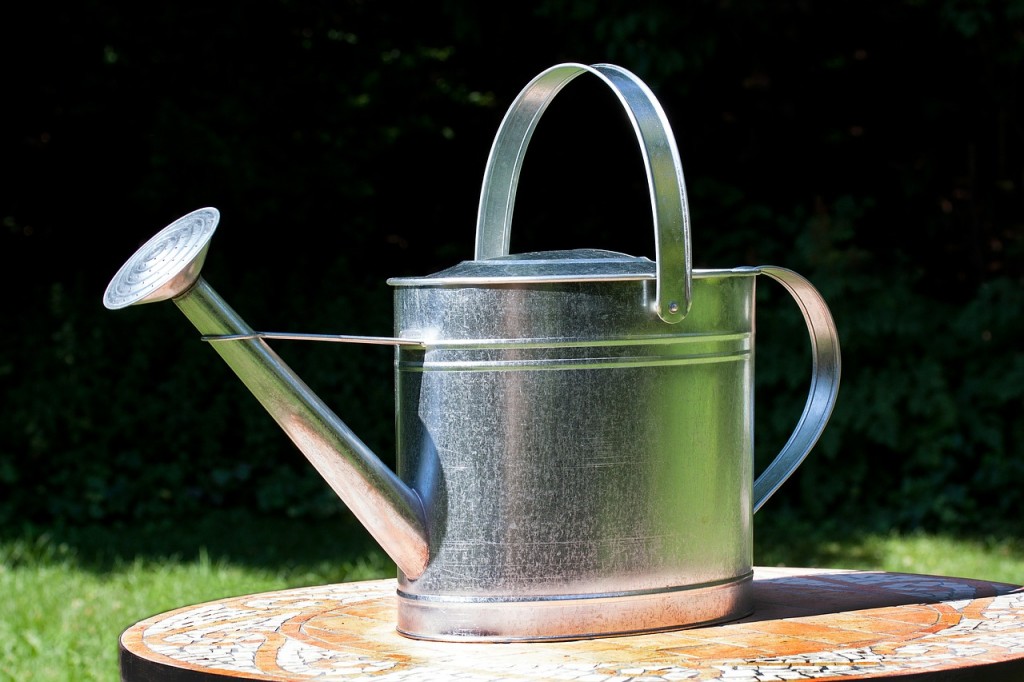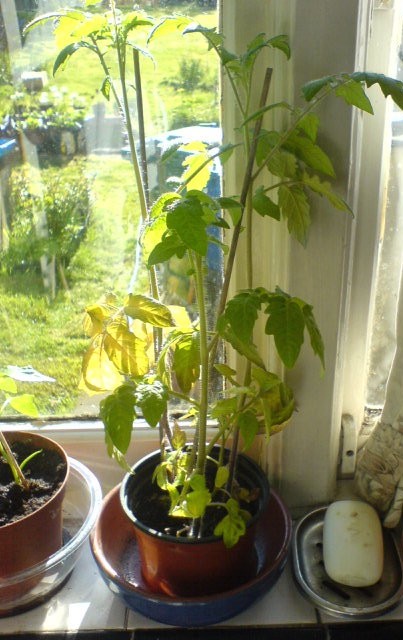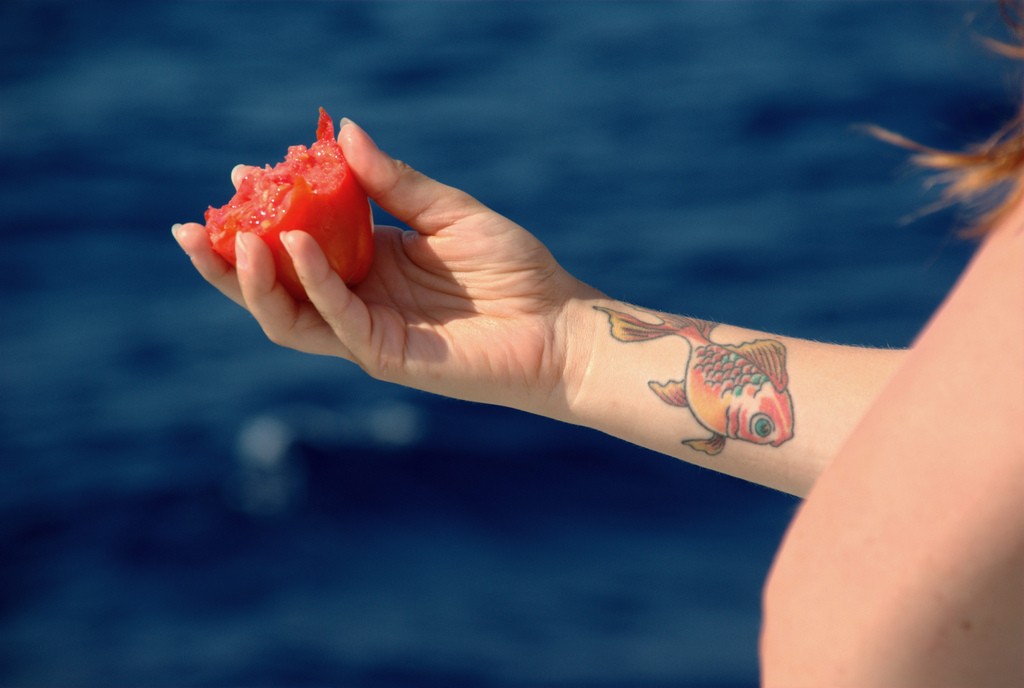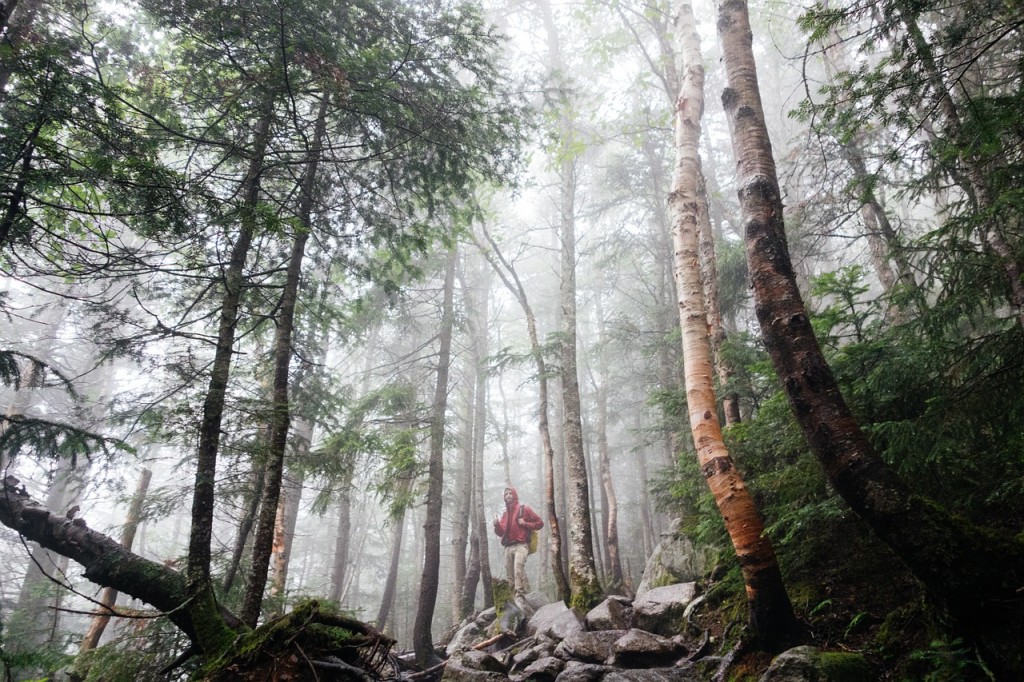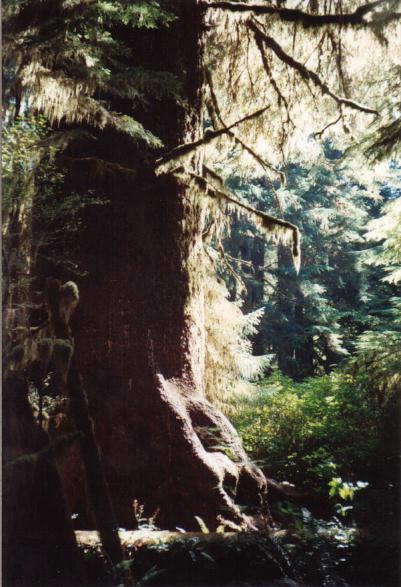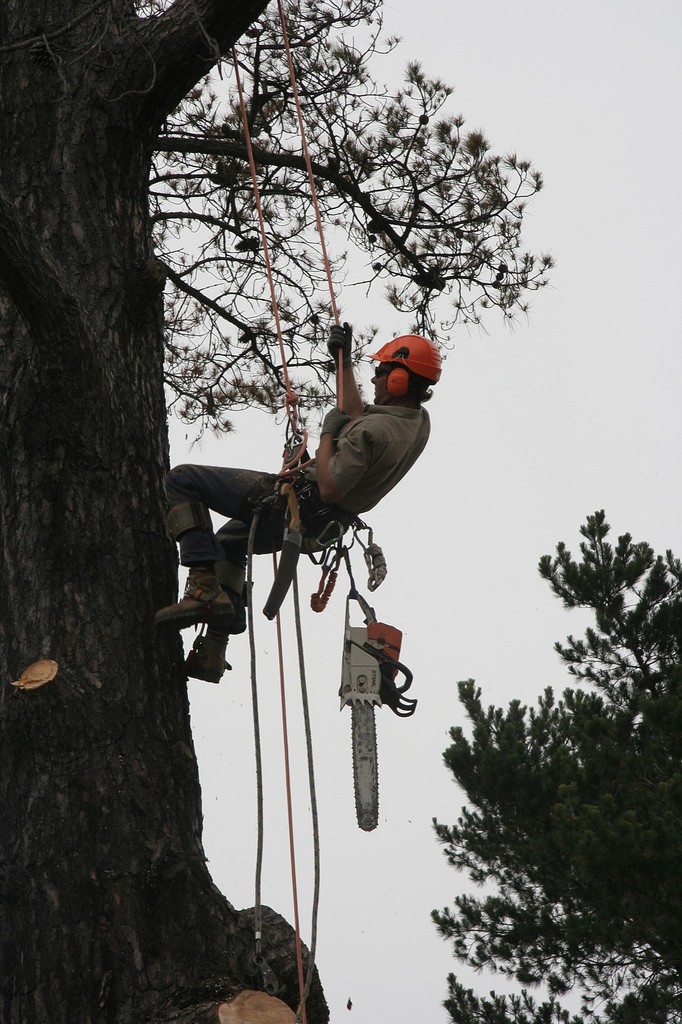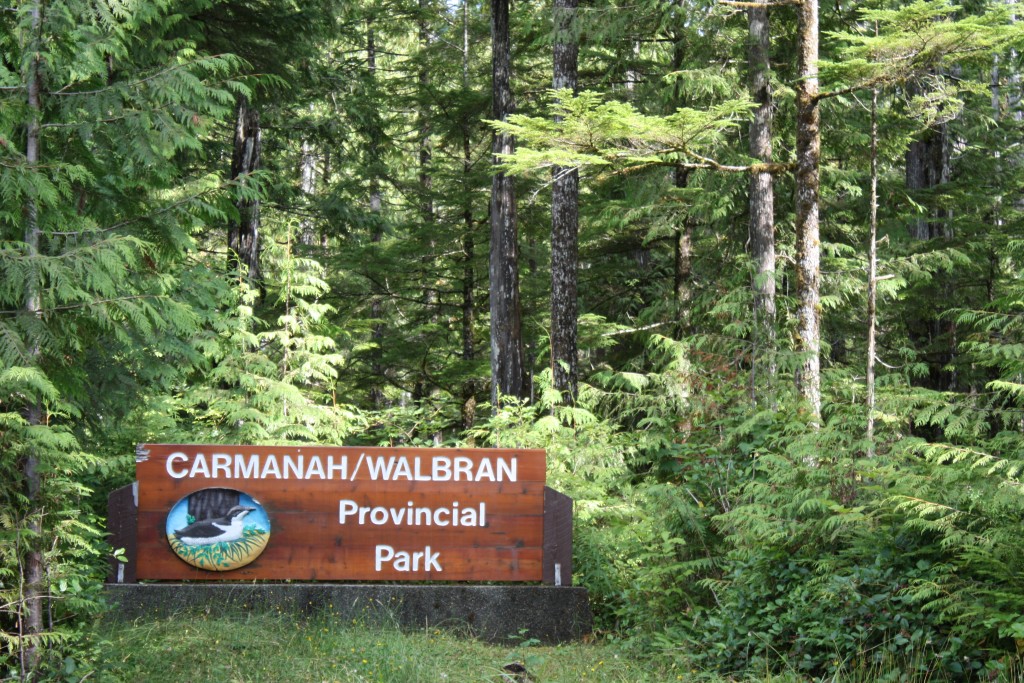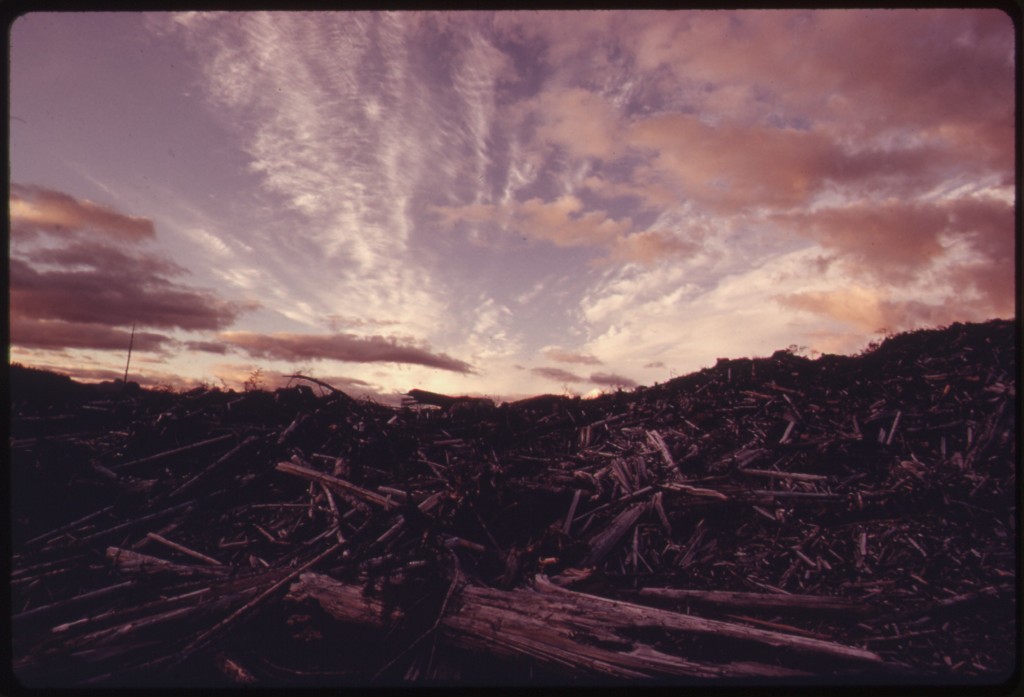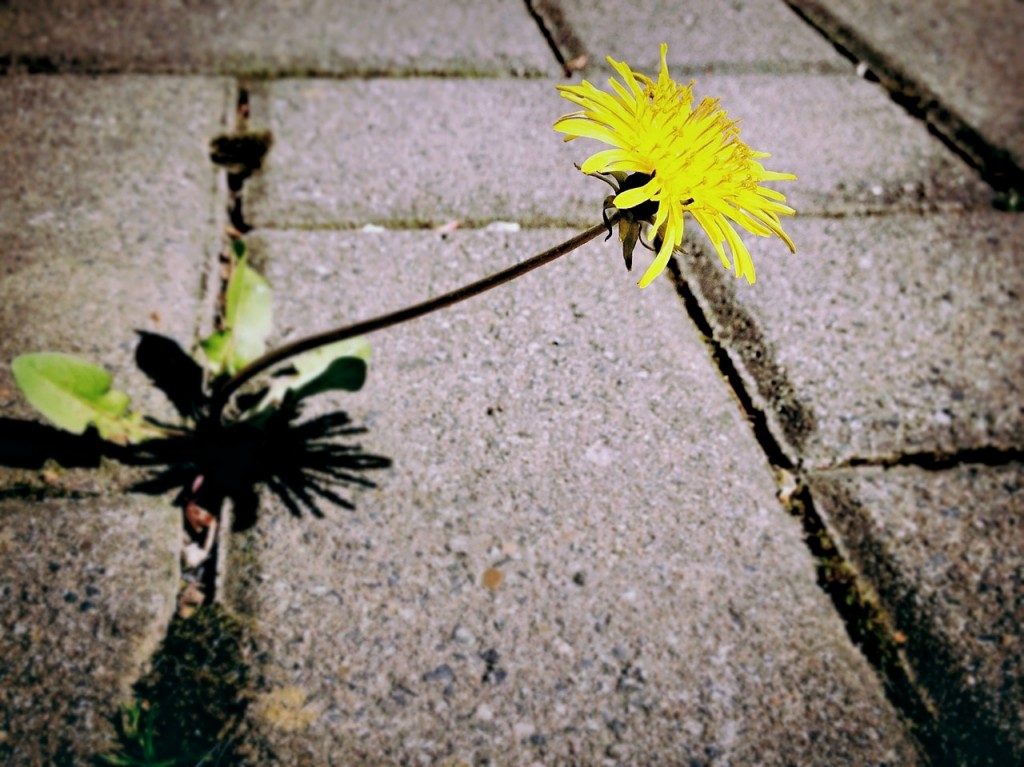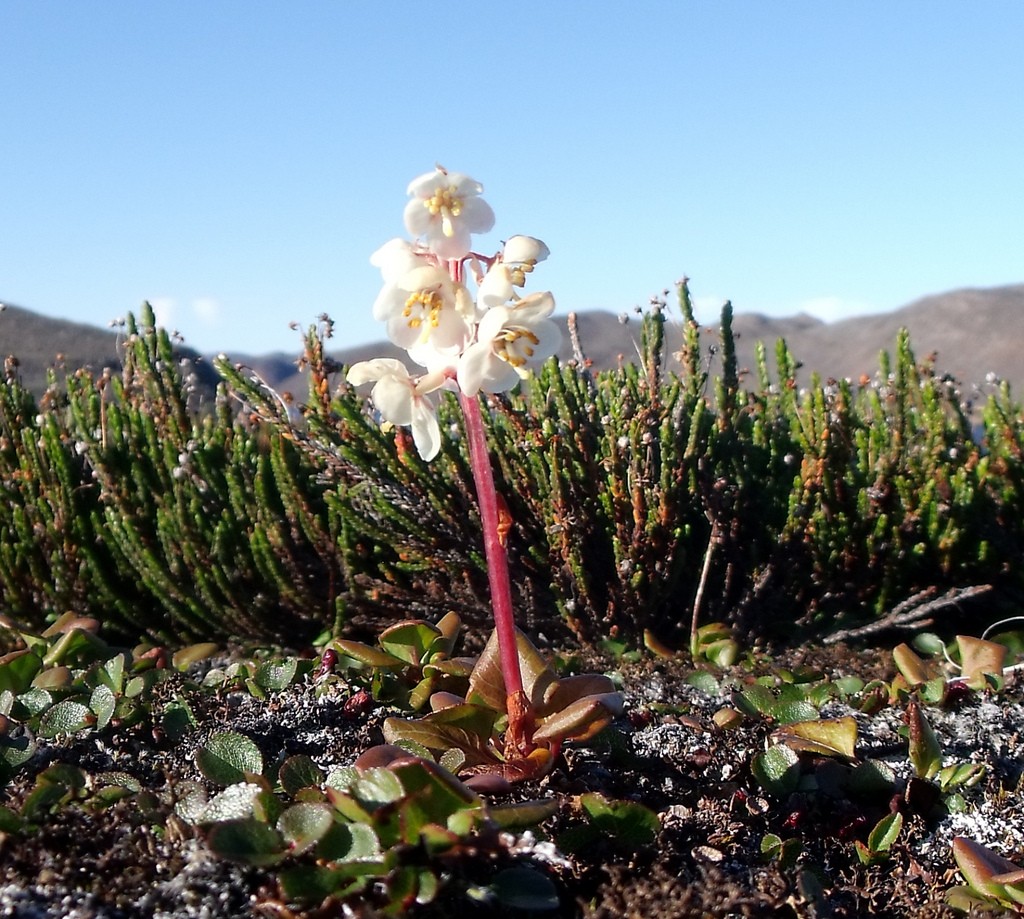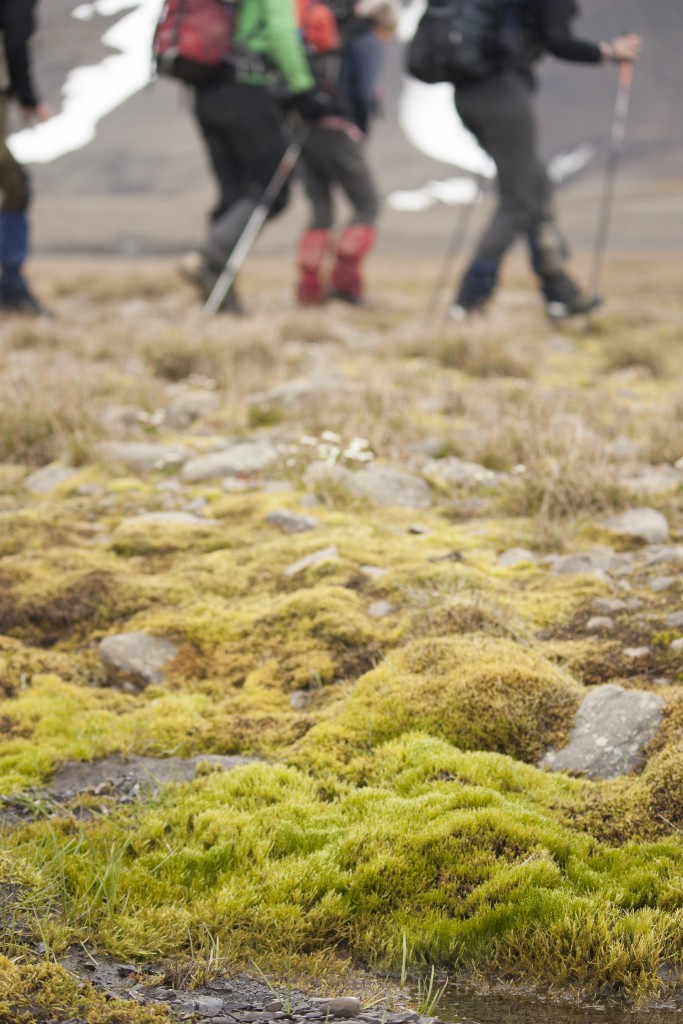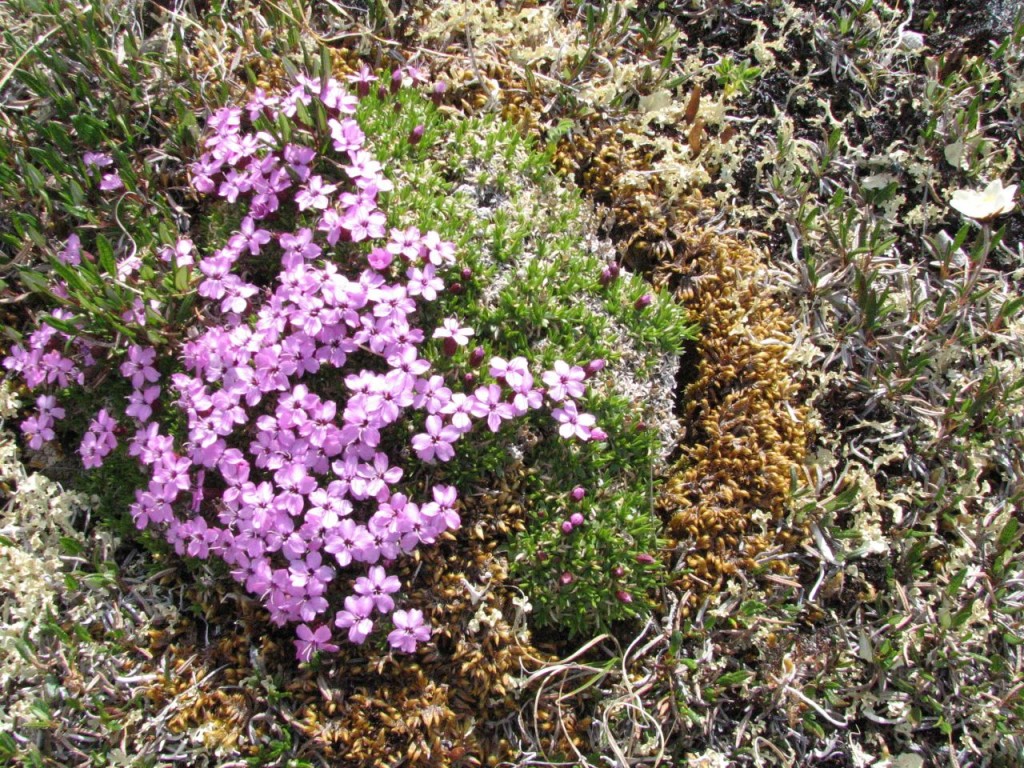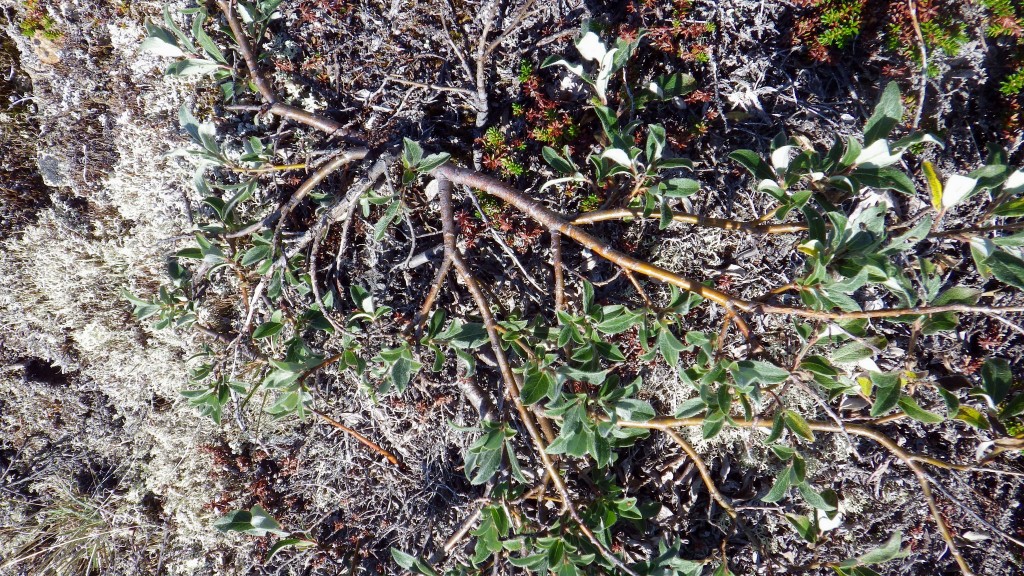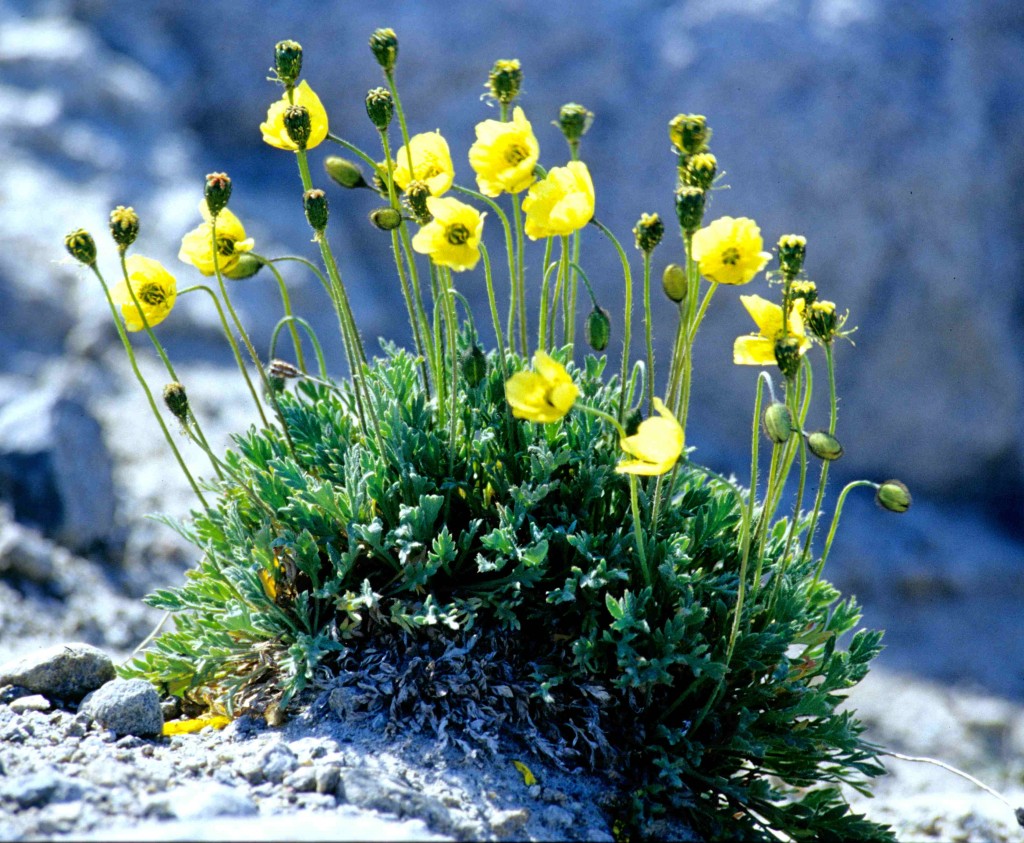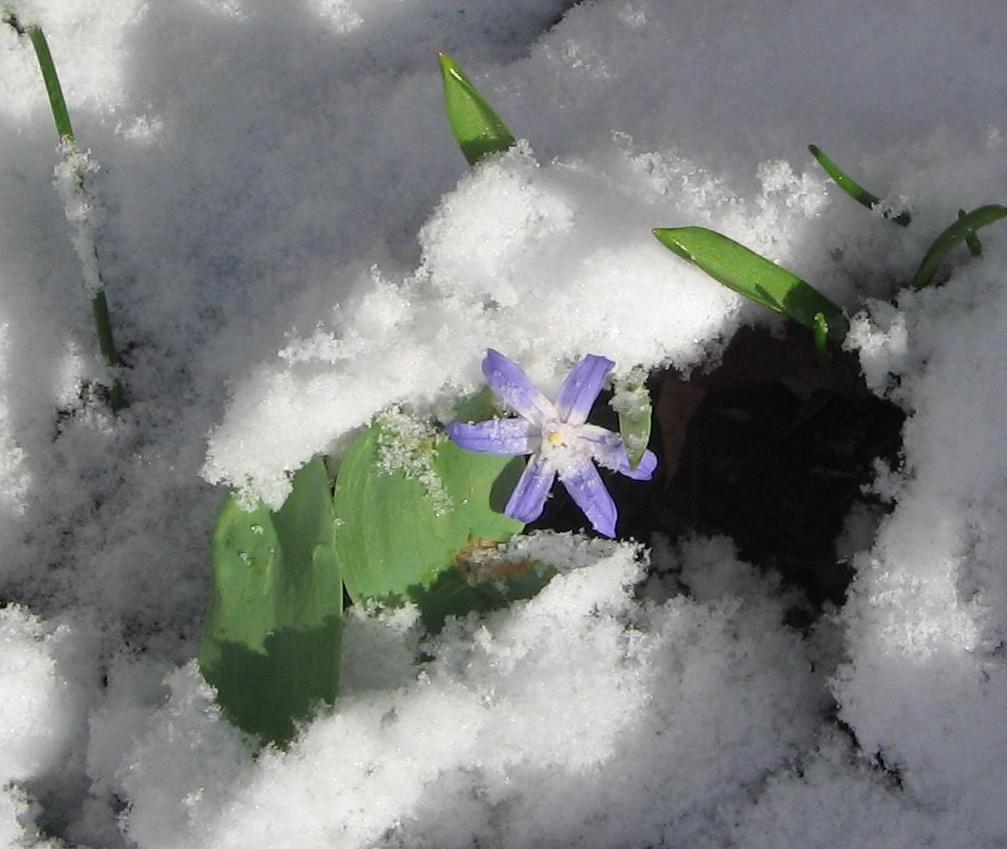Elliott, M. (2004). Empowering the spirit II: Native literacy curriculum. Owen Sound, ON: Ningwakwe.
Freedman, J. (2009). Genetically modified food: How biotechnology is changing what we eat. New York, NY: Rosen.
Galat, J.M. (2014). Branching out: How trees are part of our world. Toronto, ON: Owlkids.
Giannetta, J. (2011). Arctic plant life. Retrieved from http://www.aitc.sk.ca/saskschools/arctic/Aplants2.html
Goodier, R. (2012). How to make a sack garden. Retrieved from https://www.engineeringforchange.org/news/2012/04/09/how_to_make_a_sack_garden.html
Green, J. (2006). Genetically modified food. Mankato, MN: Stargazer.
Hillstrom, K. (2012). Genetically modified foods. Farmington Hills, MI: Gale Cengage Learning.
Morgan, S. (2009). The plant cycle. New York, NY: PowerKids.
Morganelli, A. (2007). The biography of tomatoes. St. Catharines, ON: Crabtree.
Robbins, K. (2009). Food for thought: Stories behind the things we eat. New York, NY: Roaring Brook.
Scott, M. & Royston, A. (2008). North America’s most amazing plants. Chicago, IL: Raintree.
Stotlman, R. (1993). Guide to the record trees of British Columbia. Vancouver, BC: Western Canada Wilderness Committee.
Stoltman, R. (1993). Written by the wind. Victoria, BC: Orca.
Stoltman, R. (1996). Hiking the ancient rainforests of British Columbia and Washington. Vancouver, BC: Lone Pine.
Wandera, M. (2015, April 20). Small space, big promise: Sack farming golds potential for poor urban households. In The World Post. Retrieved from http://www.huffingtonpost.com/2015/06/20/sack-farming_n_7606990.html
Wood, K. (2014). Urban farm projects. Irvine, CA: I-5 Publishing.

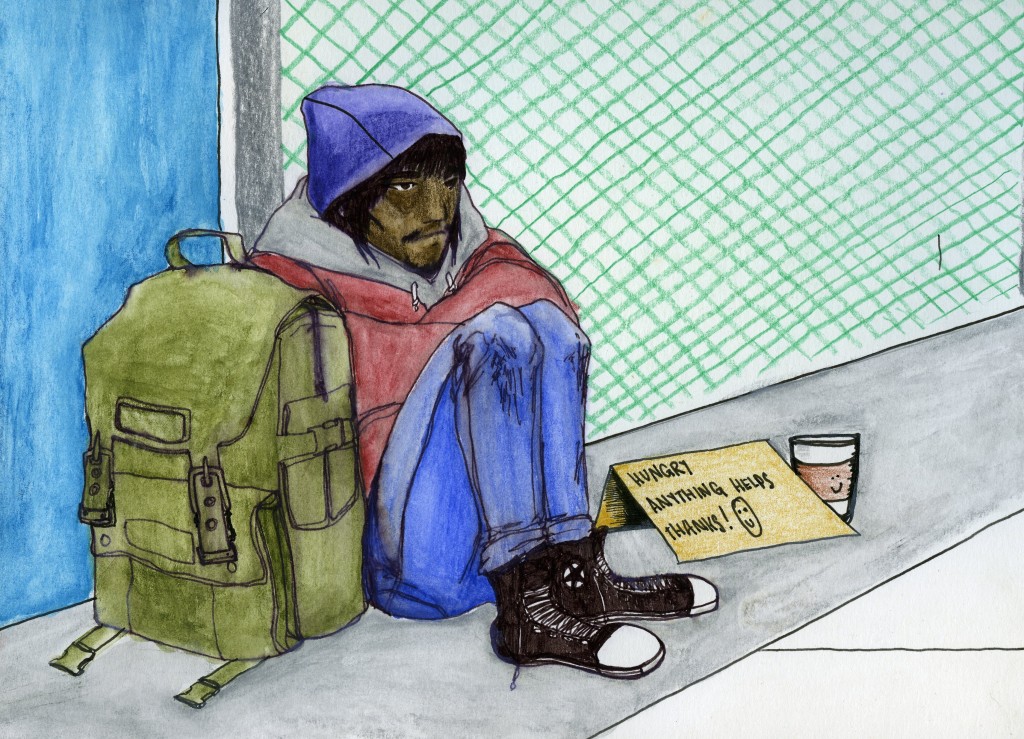
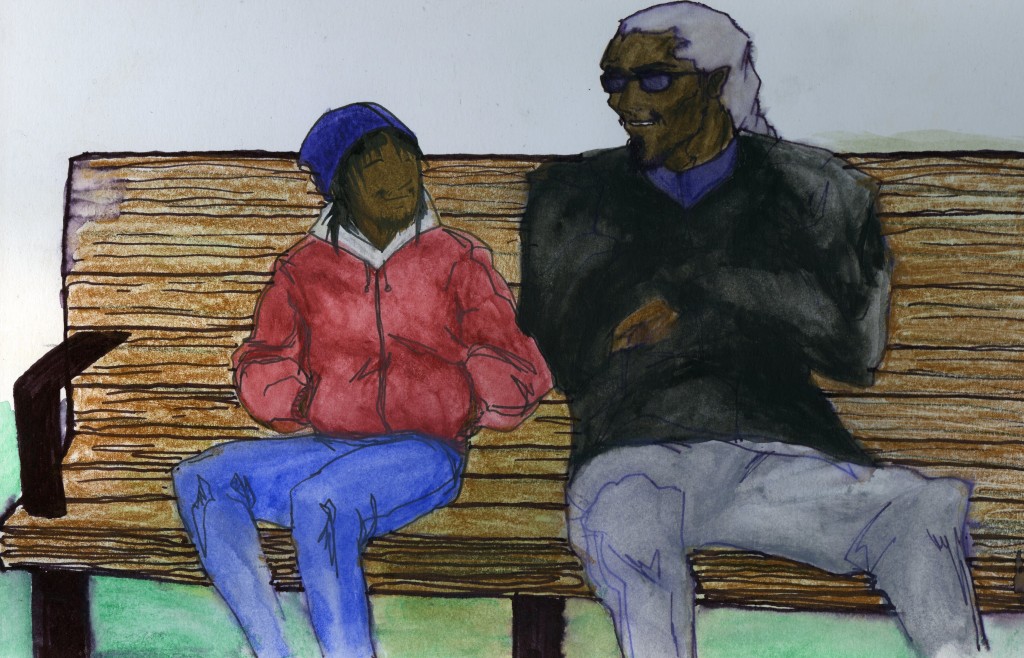 One of the workers at the house is named Dan. Dan is Cree like Max.
One of the workers at the house is named Dan. Dan is Cree like Max.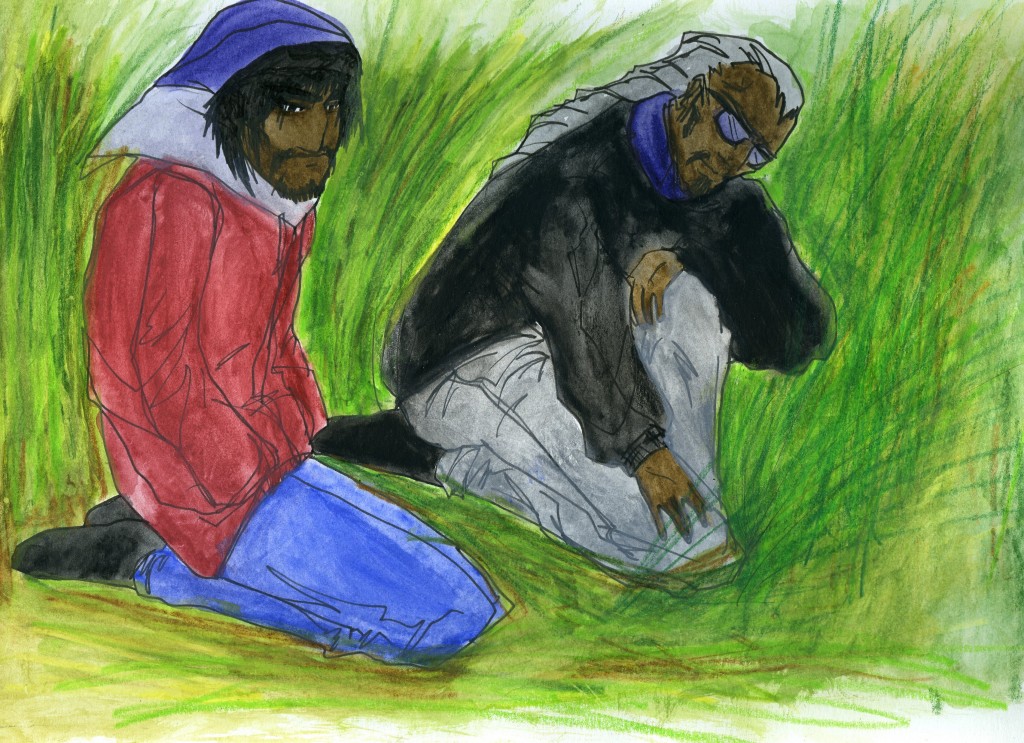 One day, Dan takes Max to pick sweetgrass. They walk out onto the wetland. The sweetgrass is very tall. It bends when they step on it. But it does not break. Dan says, “The sweetgrass tells us to be kind when we are hurt.”
One day, Dan takes Max to pick sweetgrass. They walk out onto the wetland. The sweetgrass is very tall. It bends when they step on it. But it does not break. Dan says, “The sweetgrass tells us to be kind when we are hurt.”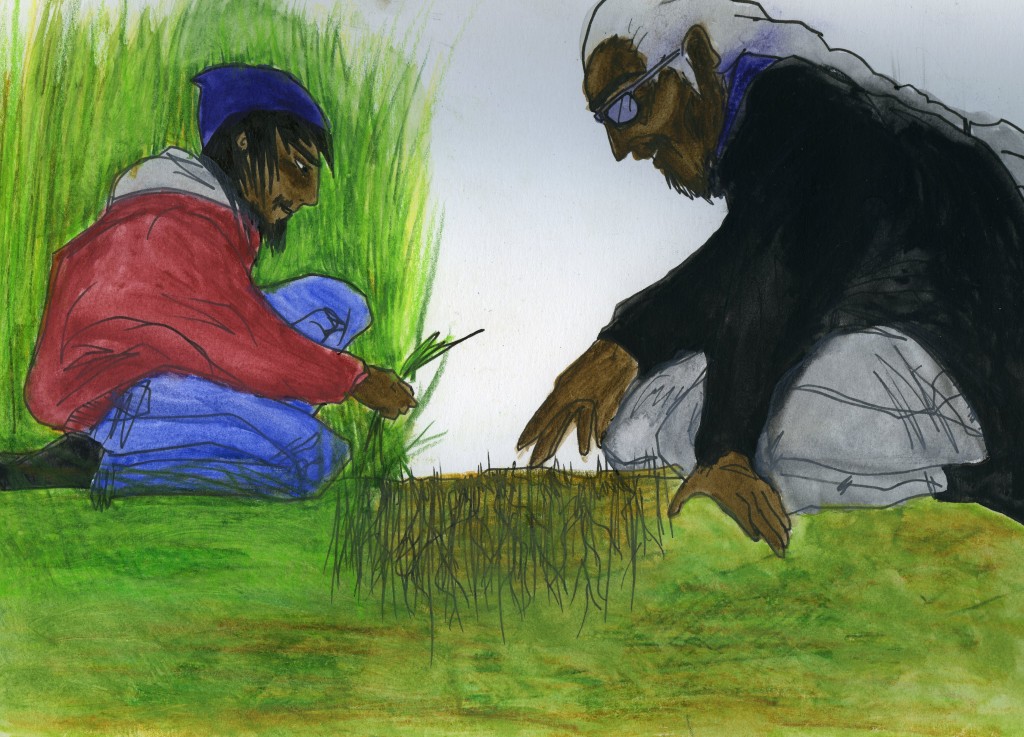 Dan asks the sweetgrass if he can pick it. Then Dan and Max pick what they need. They leave the roots in the land. This way, the sweetgrass will grow again next year.
Dan asks the sweetgrass if he can pick it. Then Dan and Max pick what they need. They leave the roots in the land. This way, the sweetgrass will grow again next year.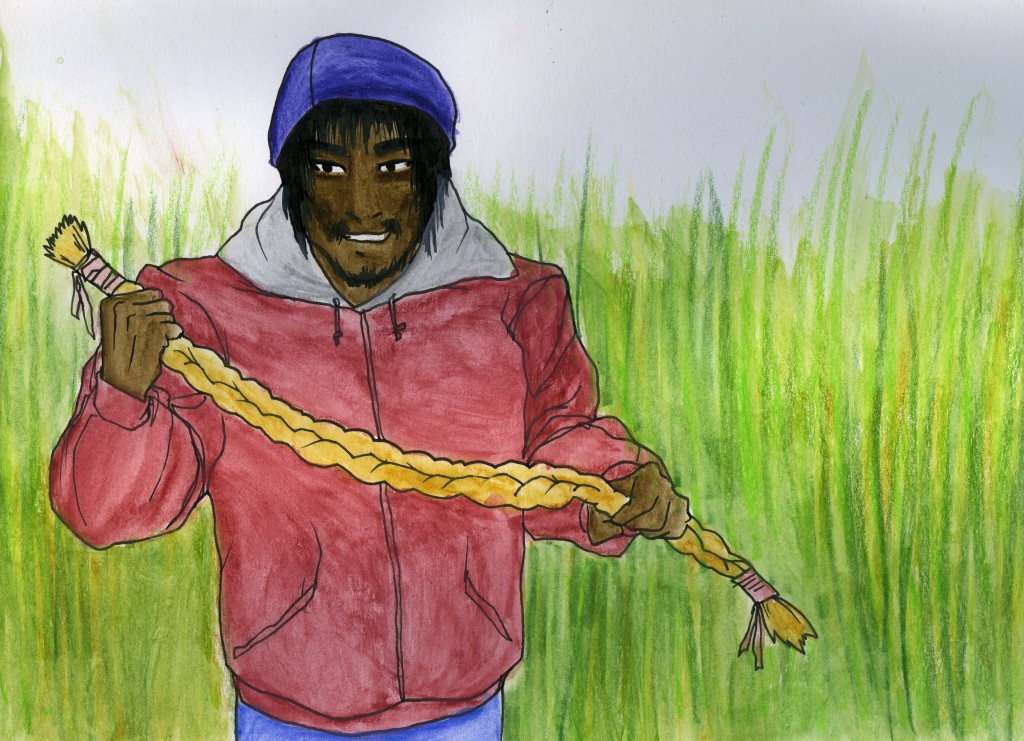 After that, they make the sweetgrass into a braid. Dan tells Max that sweetgrass takes away bad feelings. It makes room for happy feelings. So Max keeps the sweetgrass close.
After that, they make the sweetgrass into a braid. Dan tells Max that sweetgrass takes away bad feelings. It makes room for happy feelings. So Max keeps the sweetgrass close. My grandma has never been on a plane. But she gets on a plane when she is 82 years old. She gets on a plane to see me.
My grandma has never been on a plane. But she gets on a plane when she is 82 years old. She gets on a plane to see me.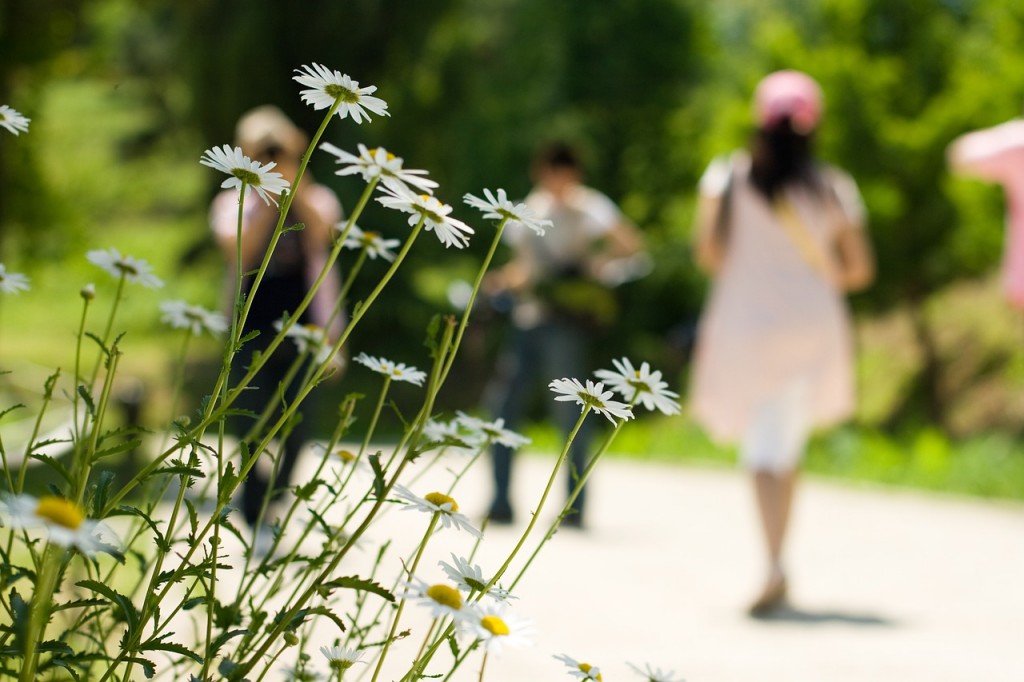
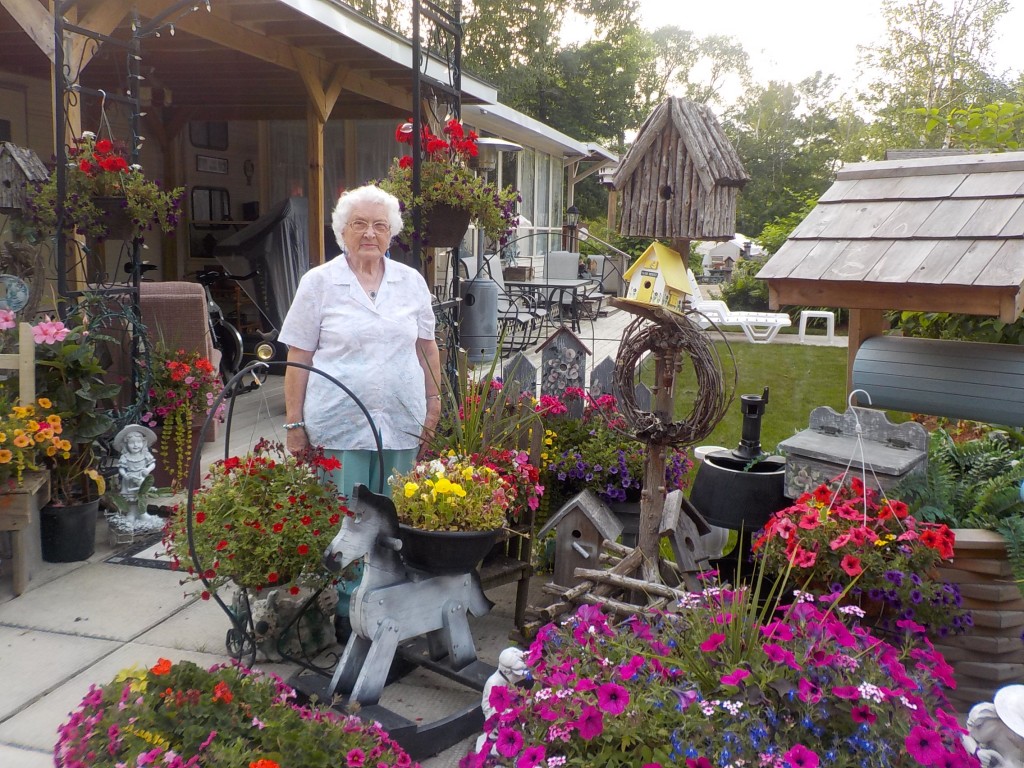 Back home, she has many garden beds. She is in three flower clubs. She puts her plants in flower shows. She knows a lot about flowers.
Back home, she has many garden beds. She is in three flower clubs. She puts her plants in flower shows. She knows a lot about flowers.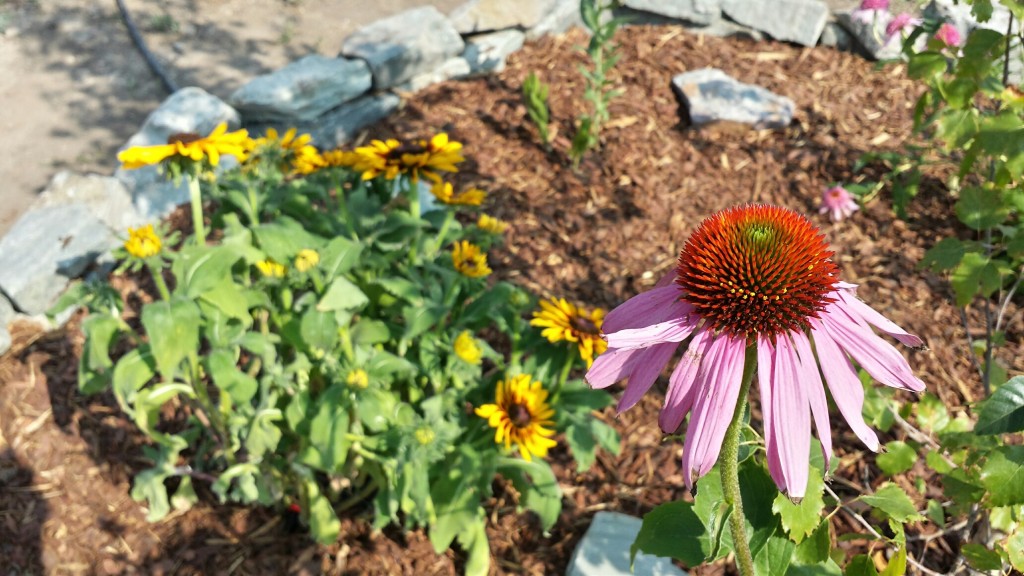 But today she sees a flower she has not seen before. “What is this?” Grandma asks.
But today she sees a flower she has not seen before. “What is this?” Grandma asks. My friend Dave knows. He tells her what the flower is. She looks at Dave for a long time.
My friend Dave knows. He tells her what the flower is. She looks at Dave for a long time.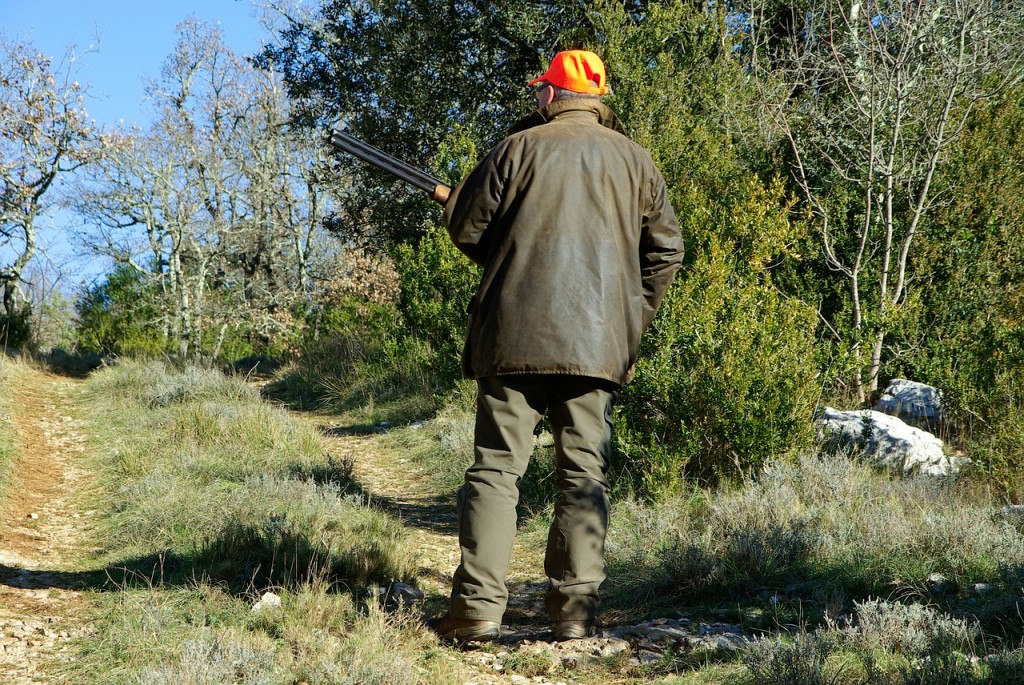
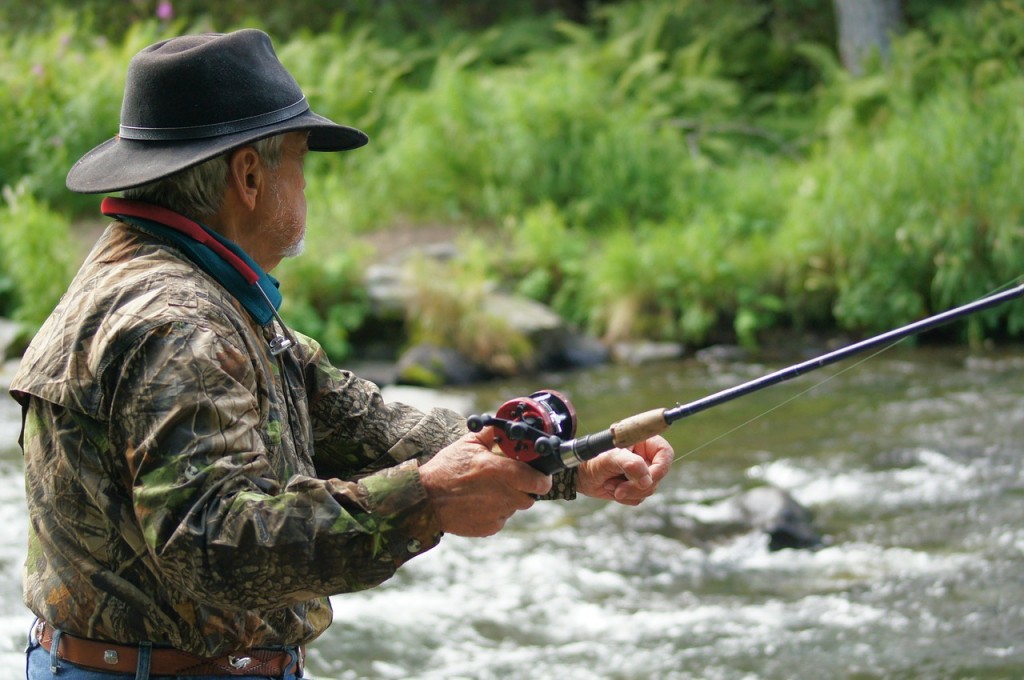
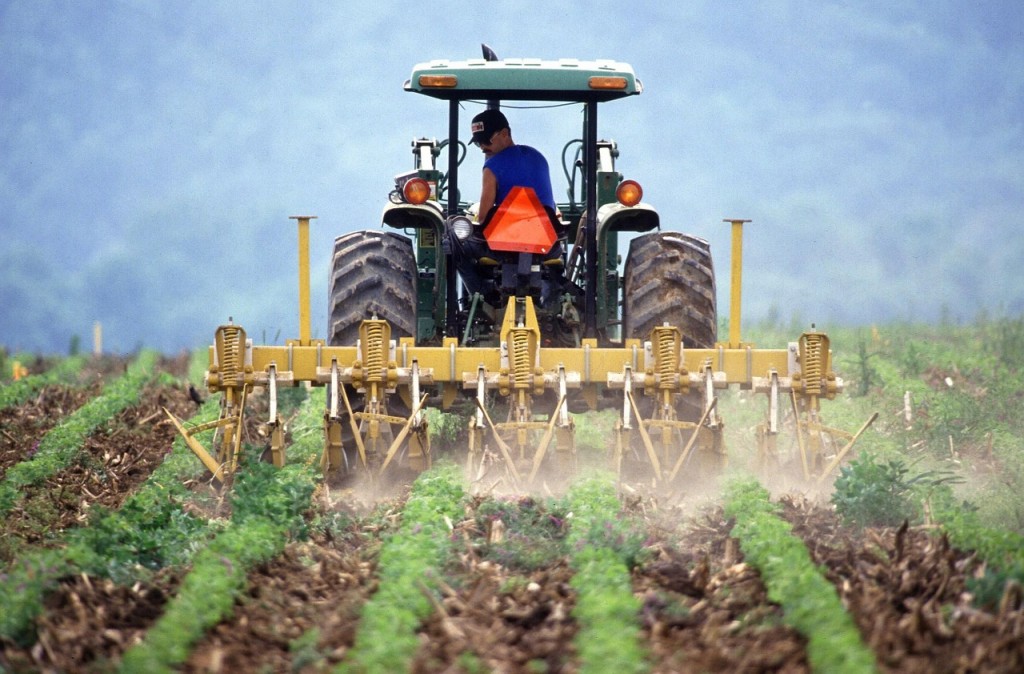
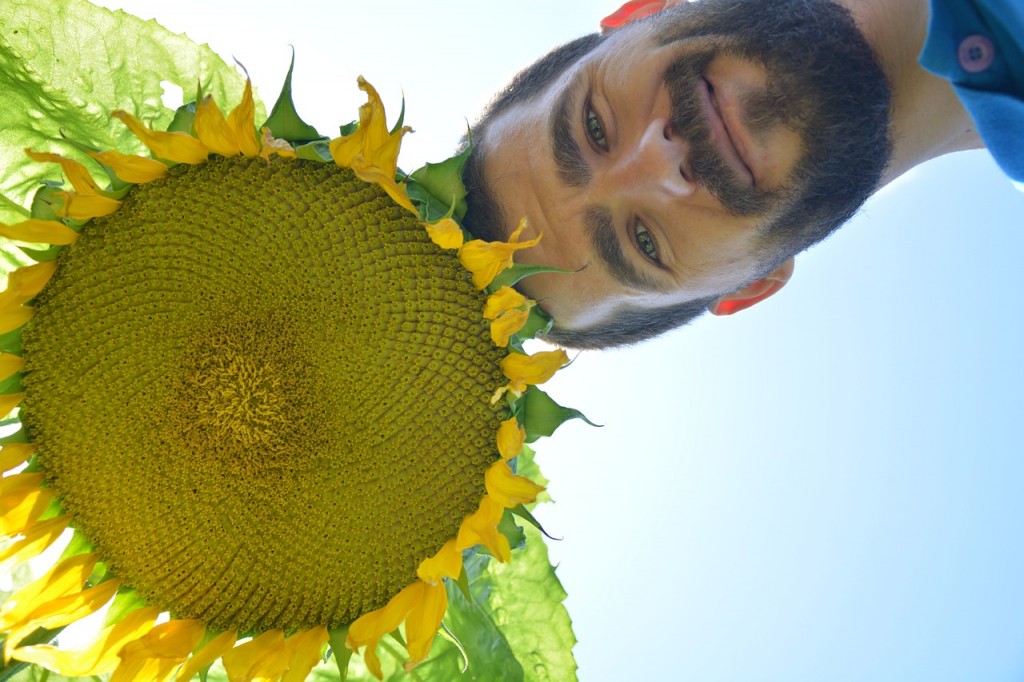
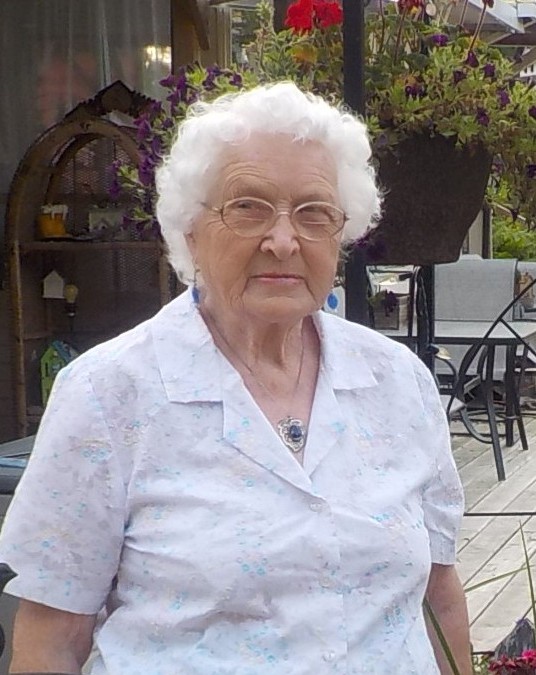
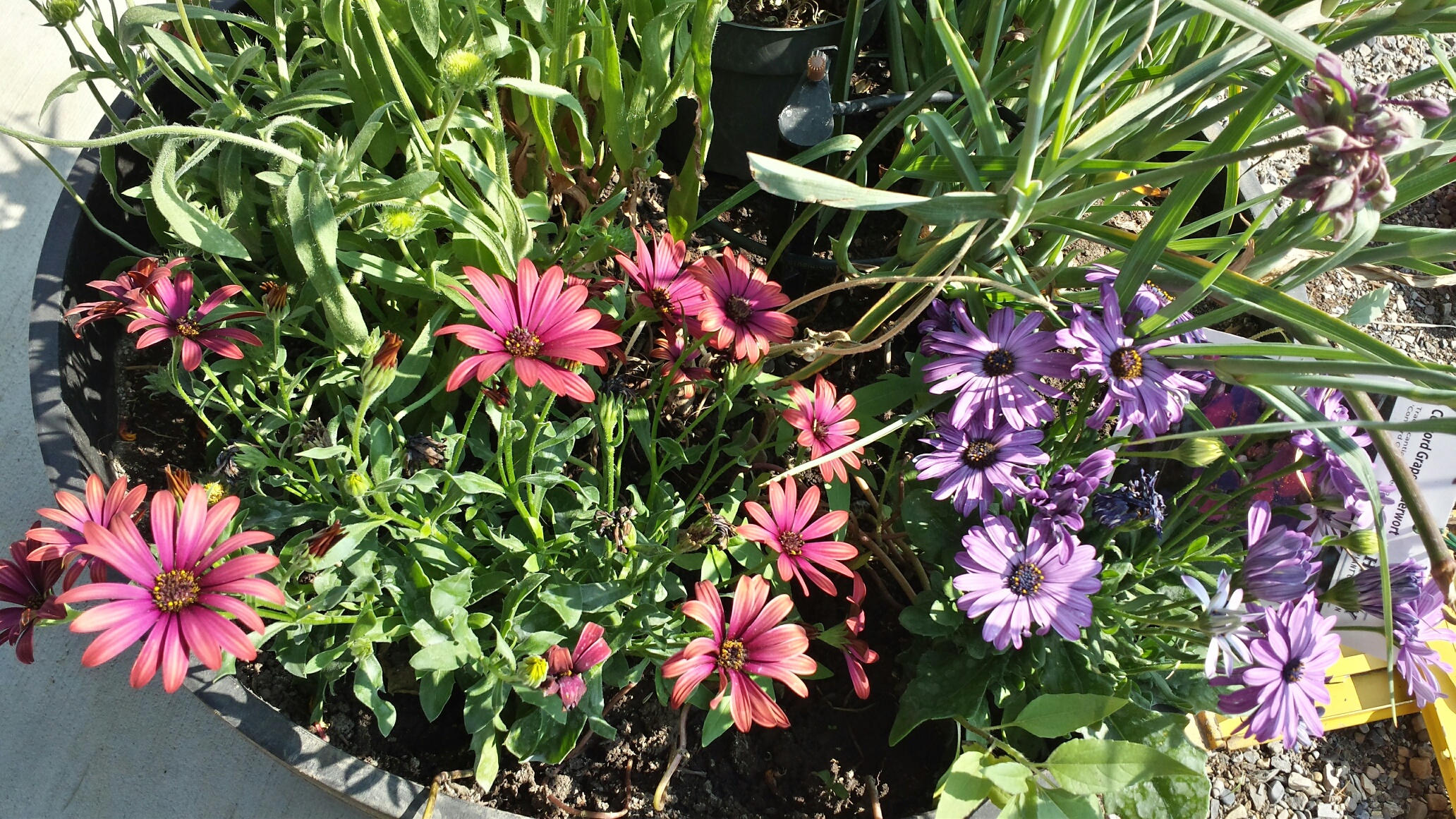
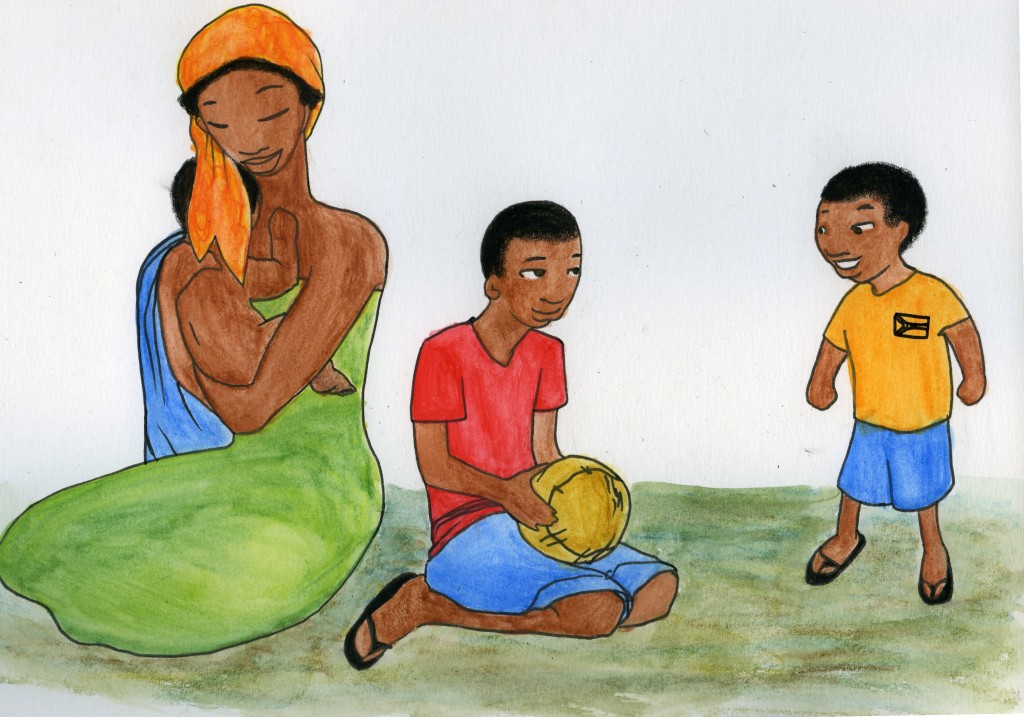
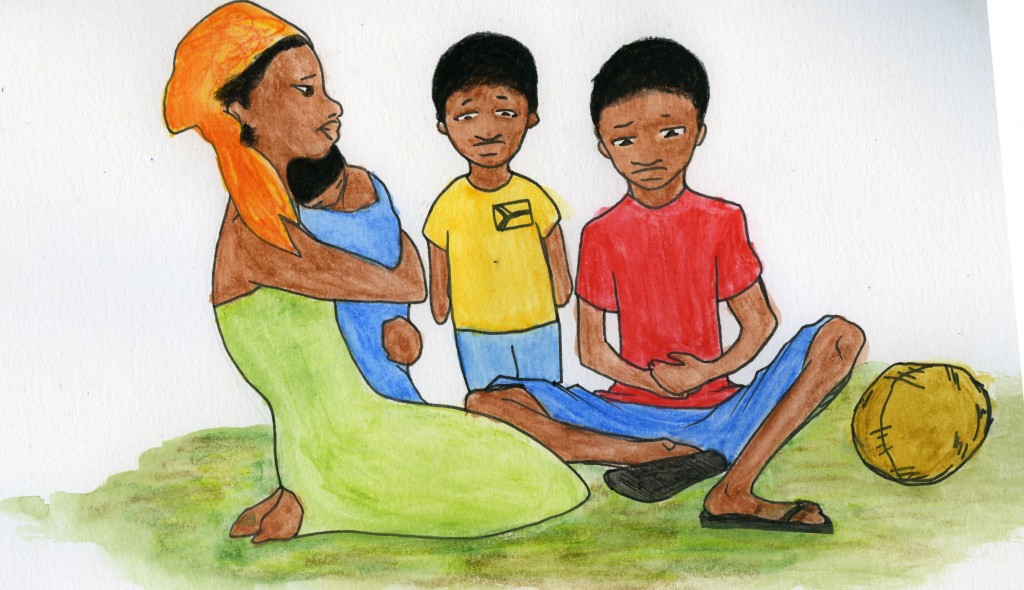
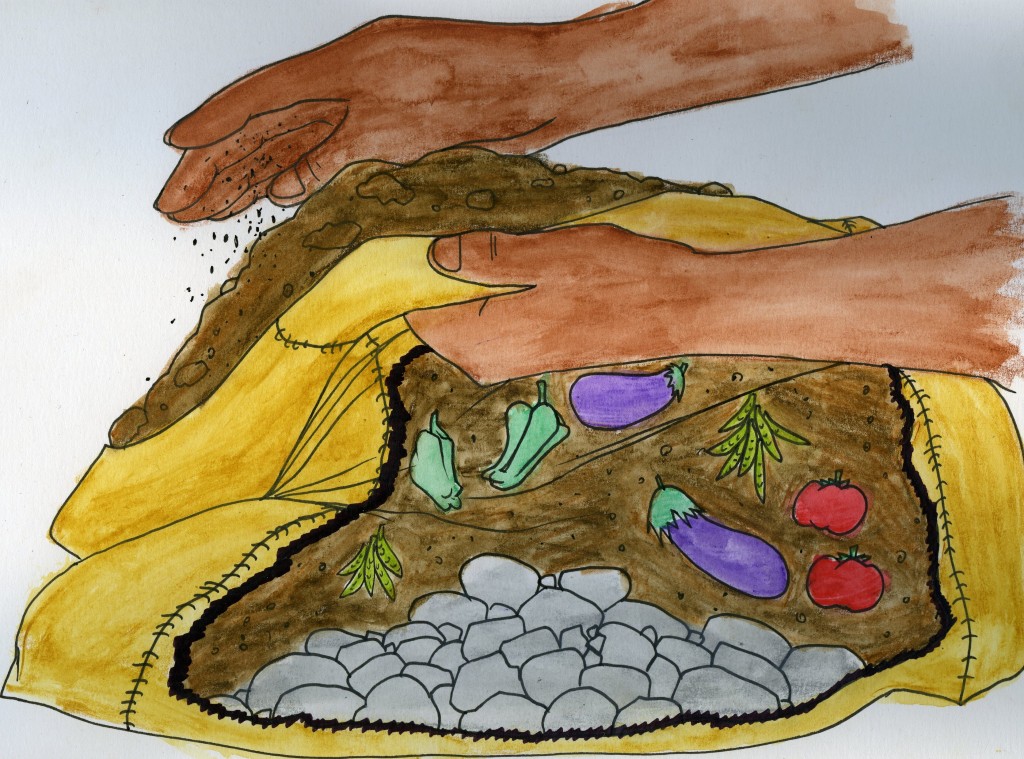
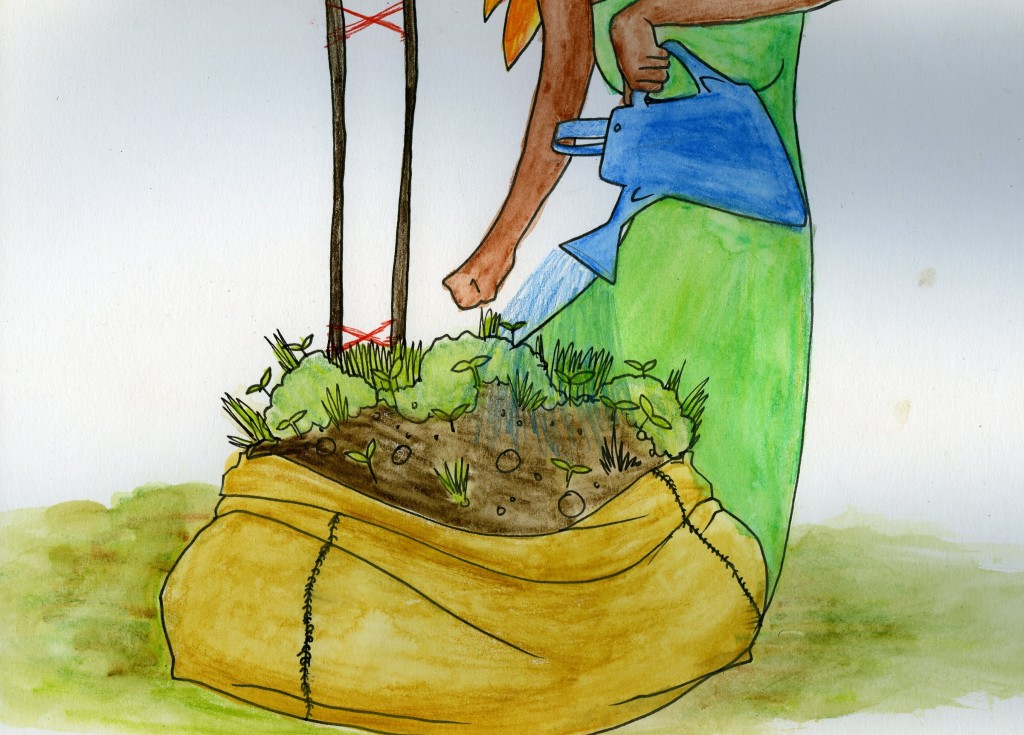
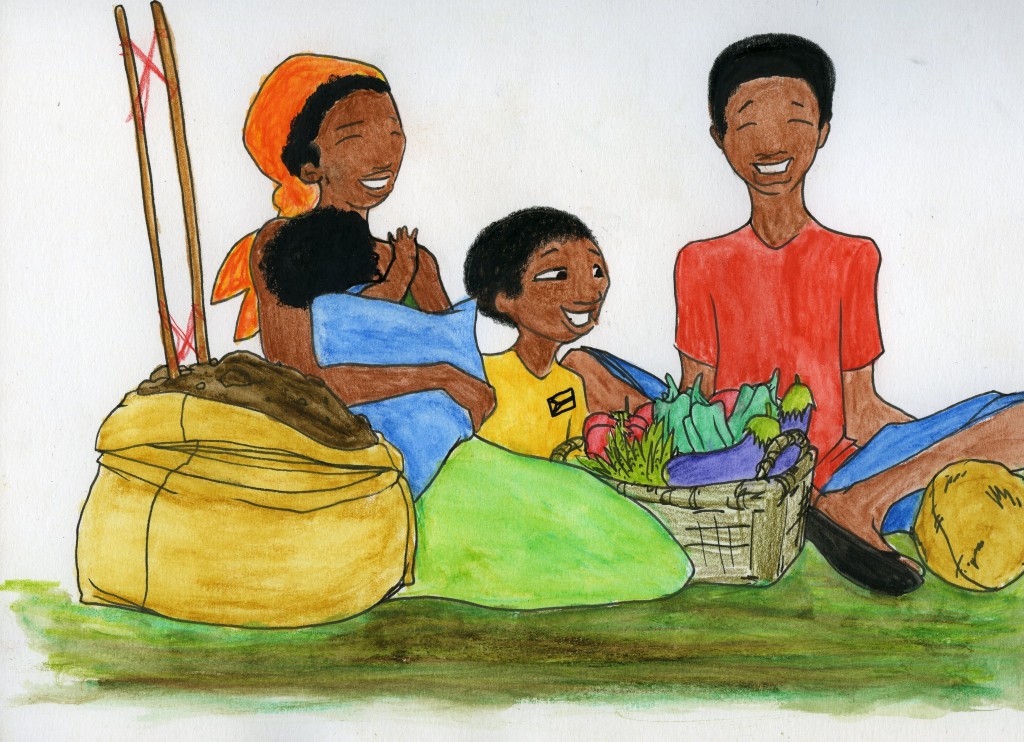
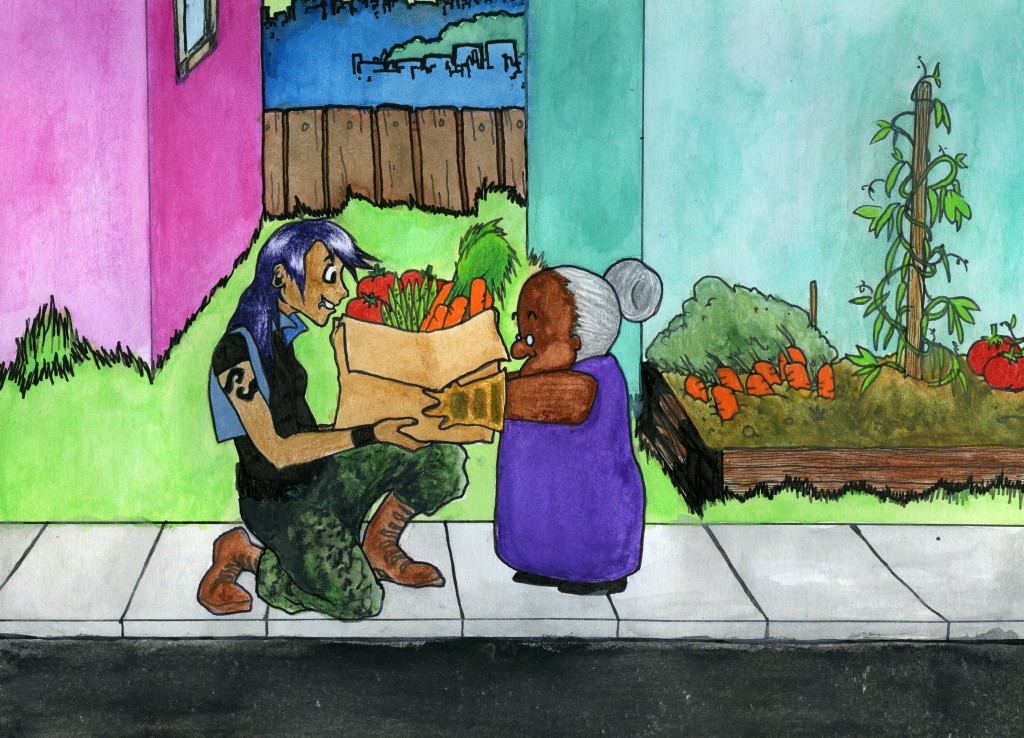
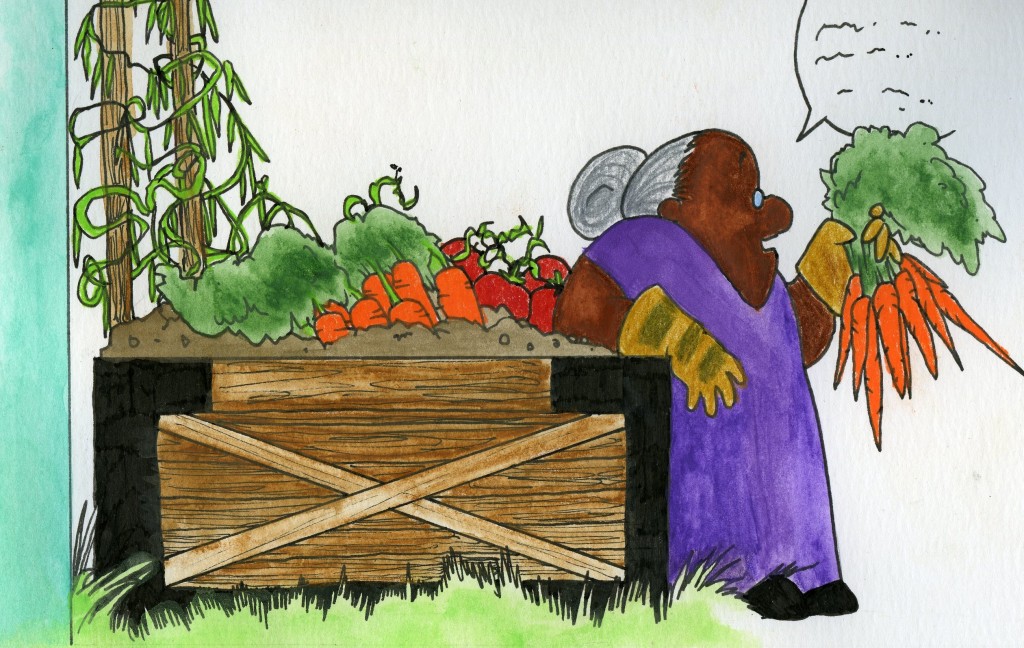
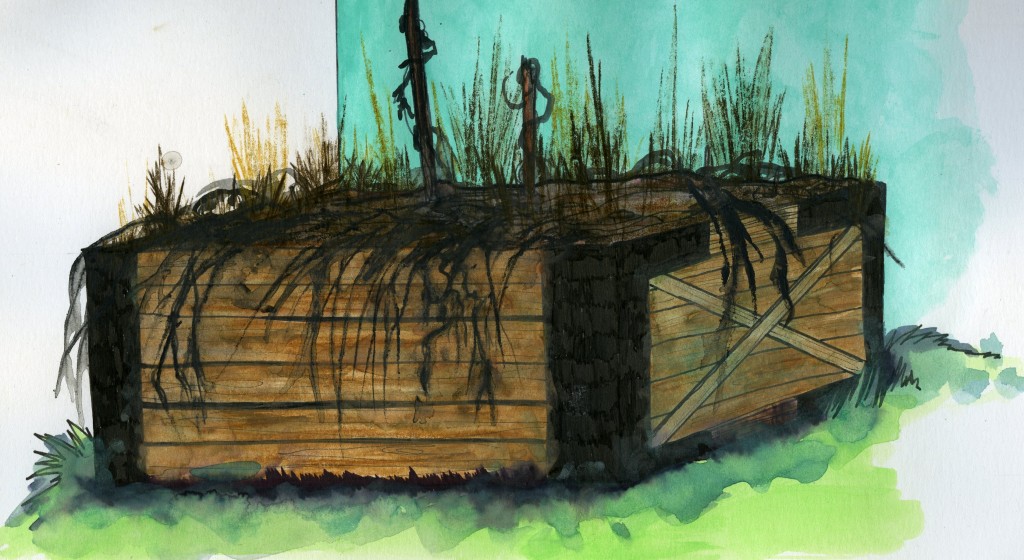 One day, I stop seeing Val in the garden. I see people take many boxes from her home. Weeds grow in her garden. The dirt is dry. The plants look sad. Val must have passed on.
One day, I stop seeing Val in the garden. I see people take many boxes from her home. Weeds grow in her garden. The dirt is dry. The plants look sad. Val must have passed on.